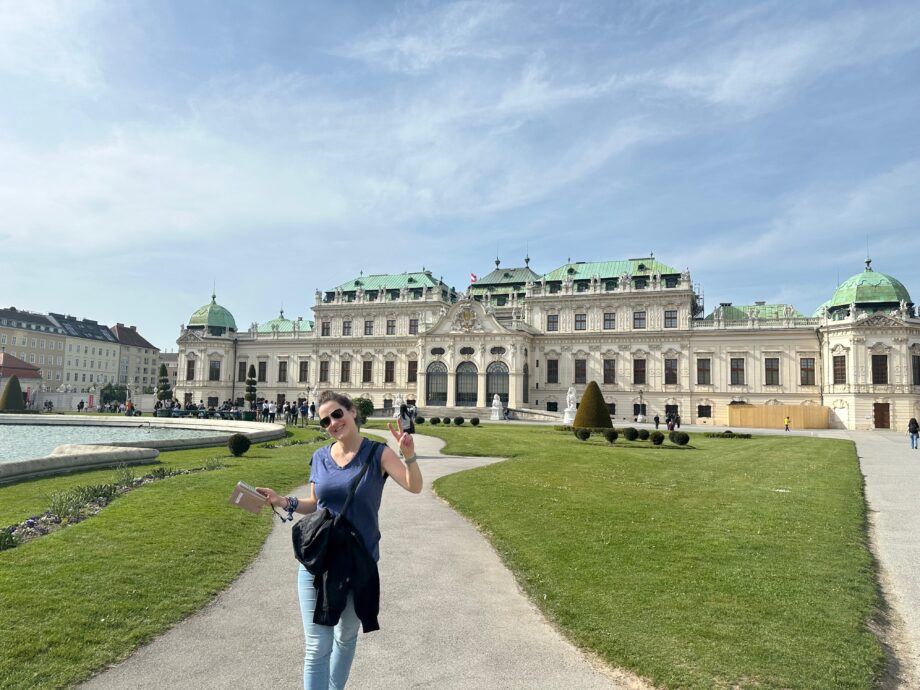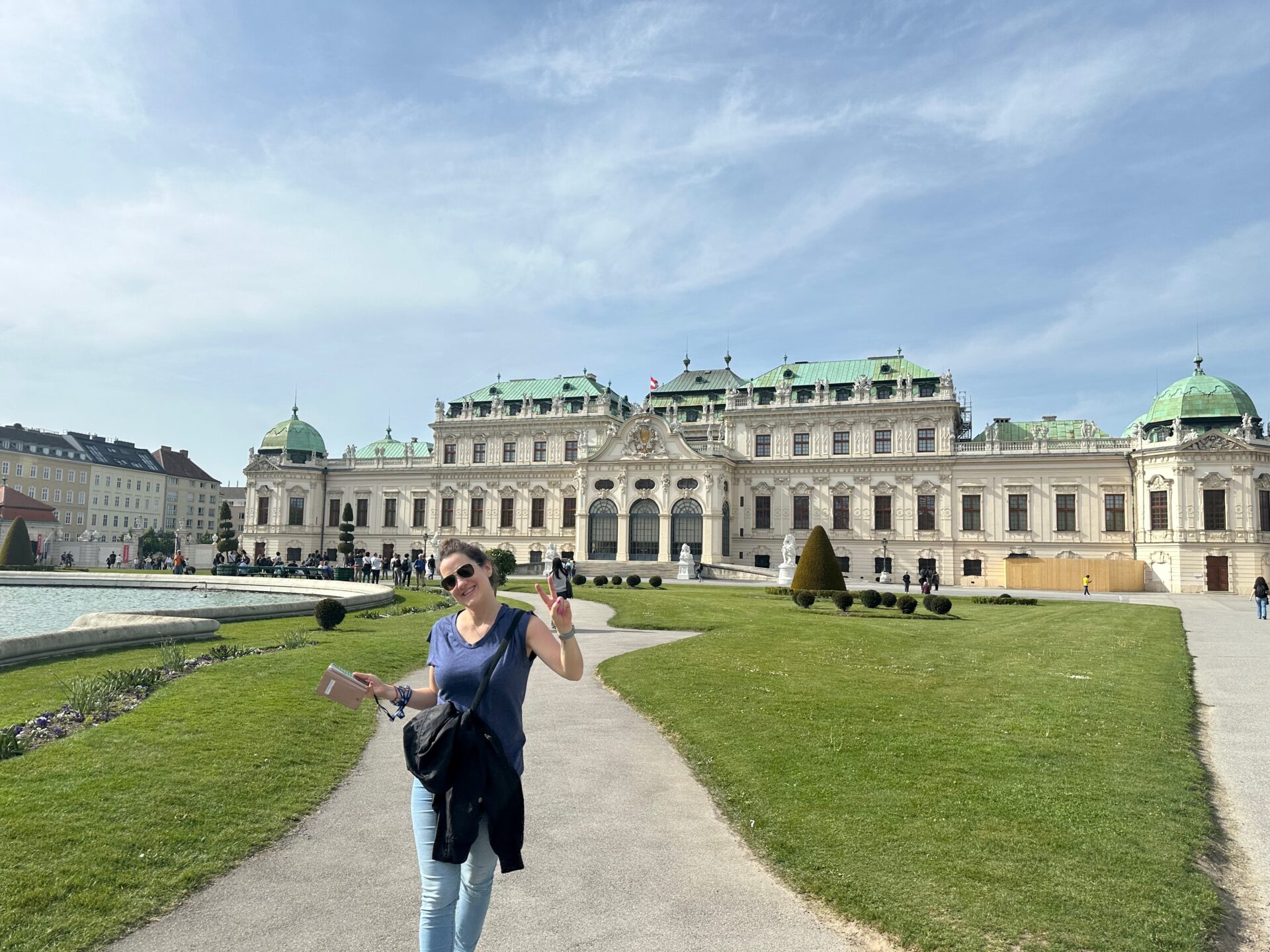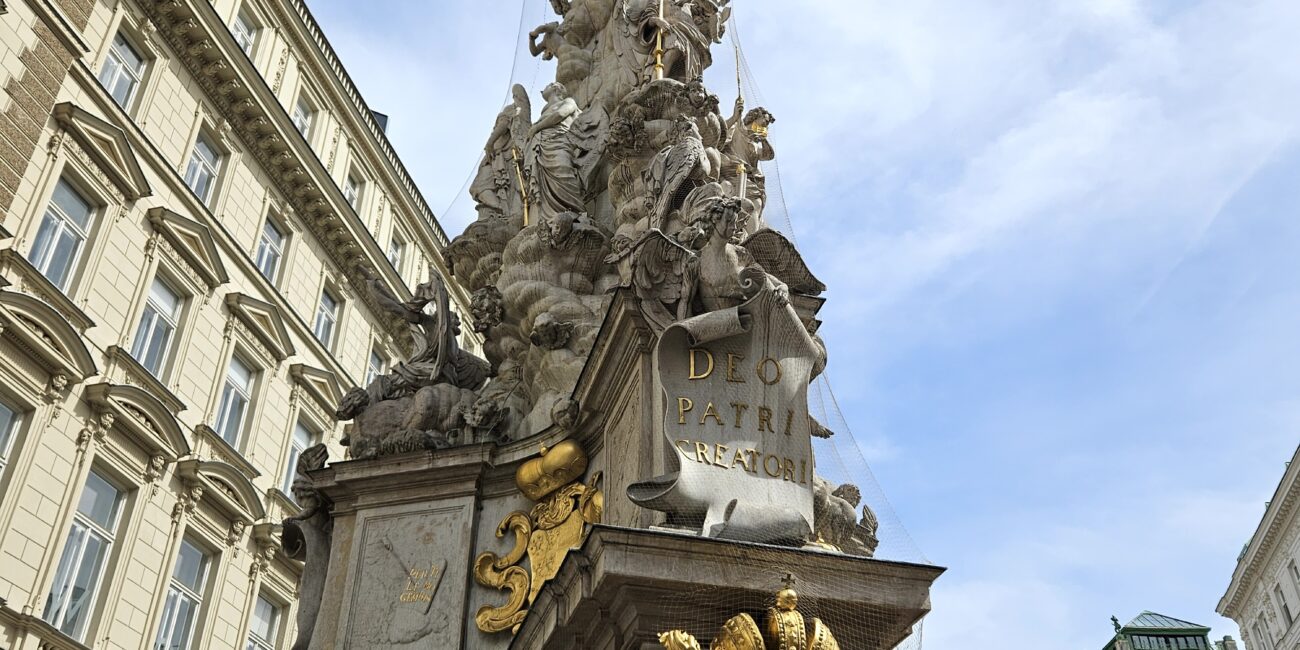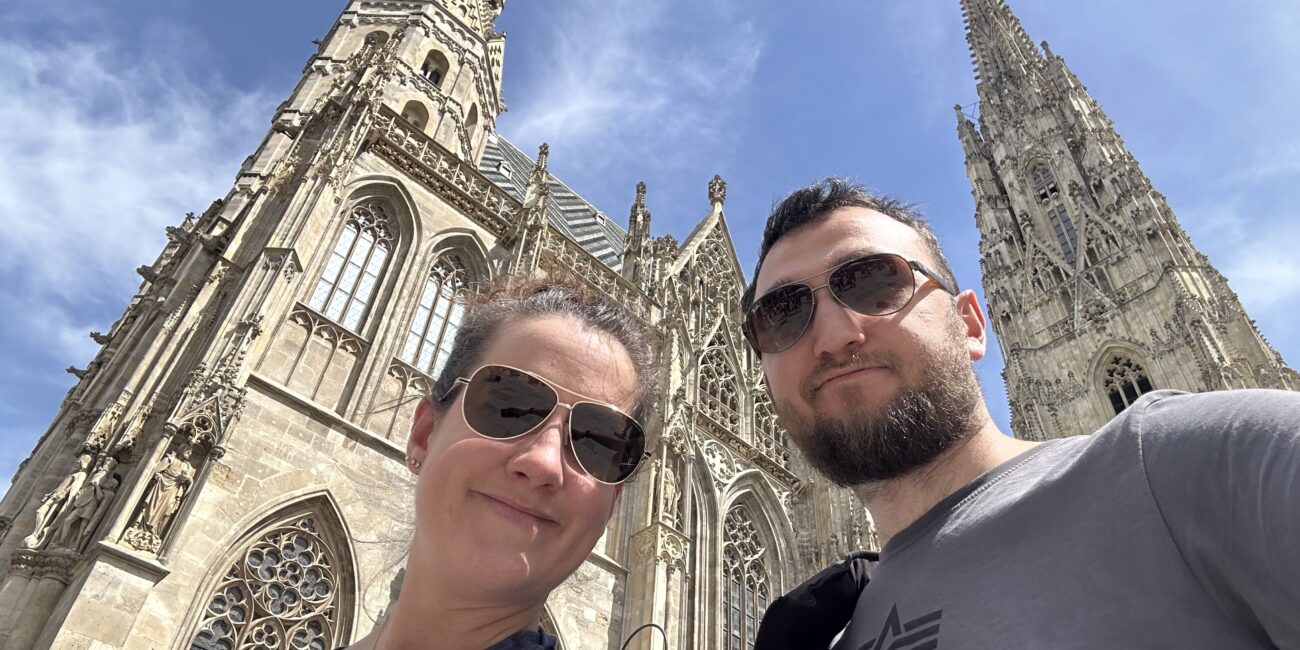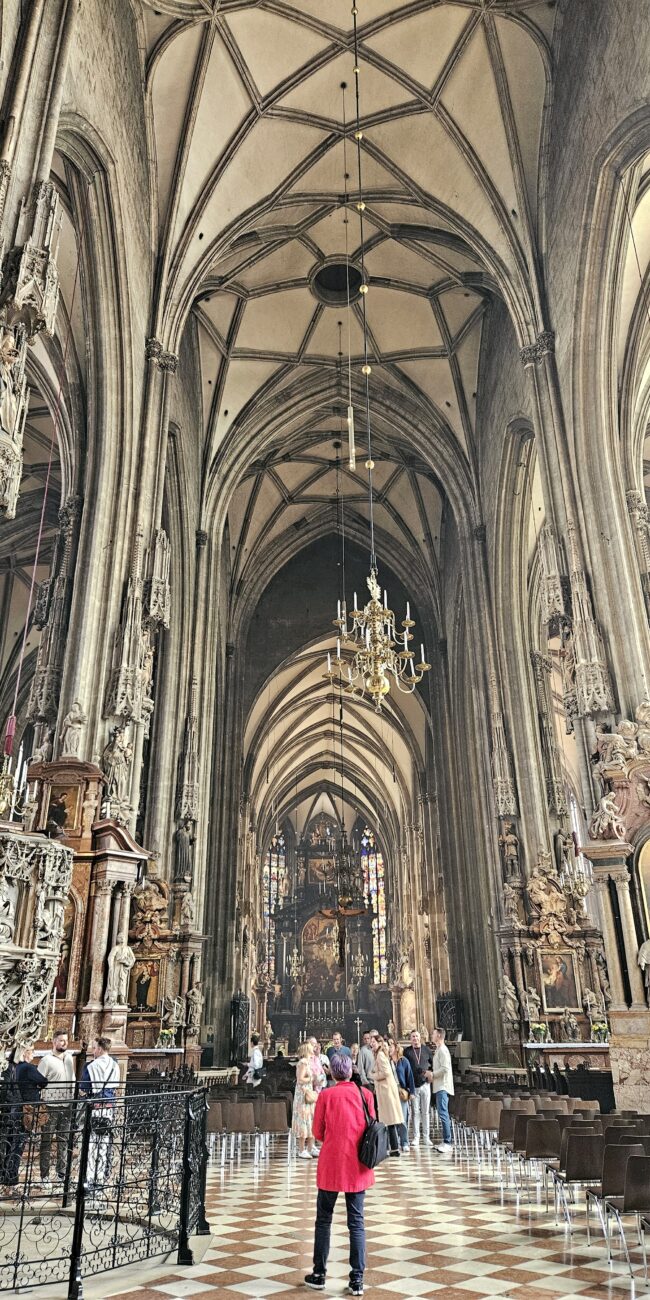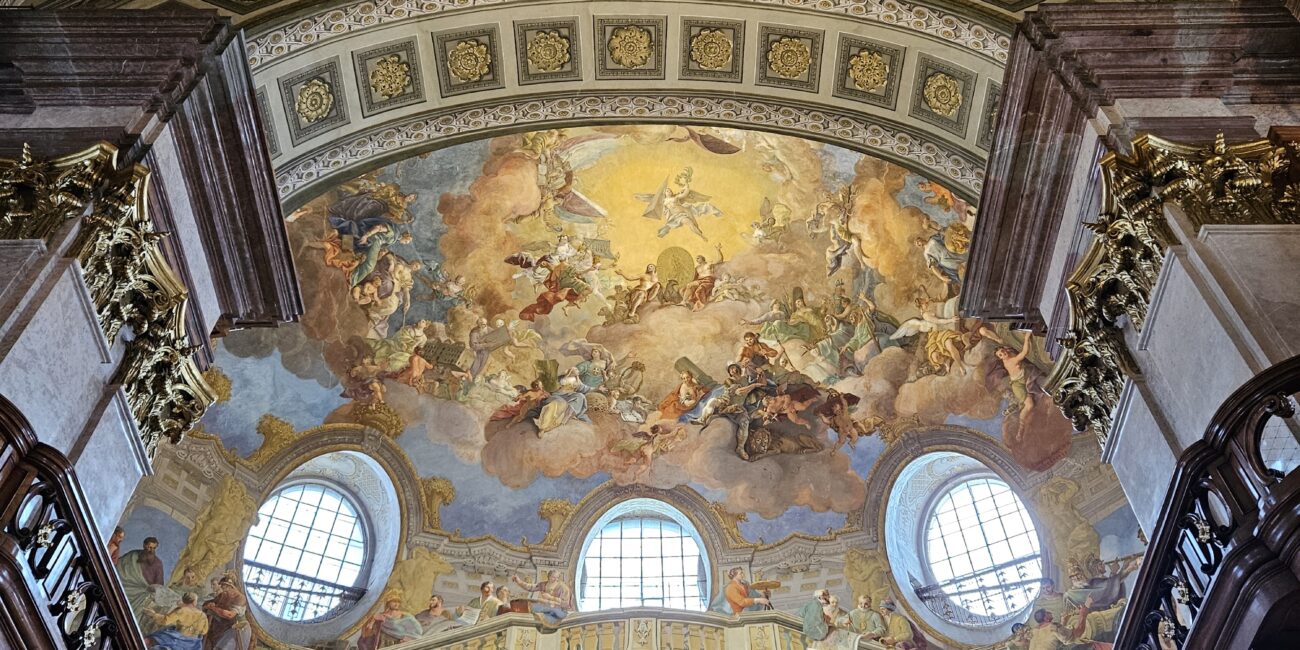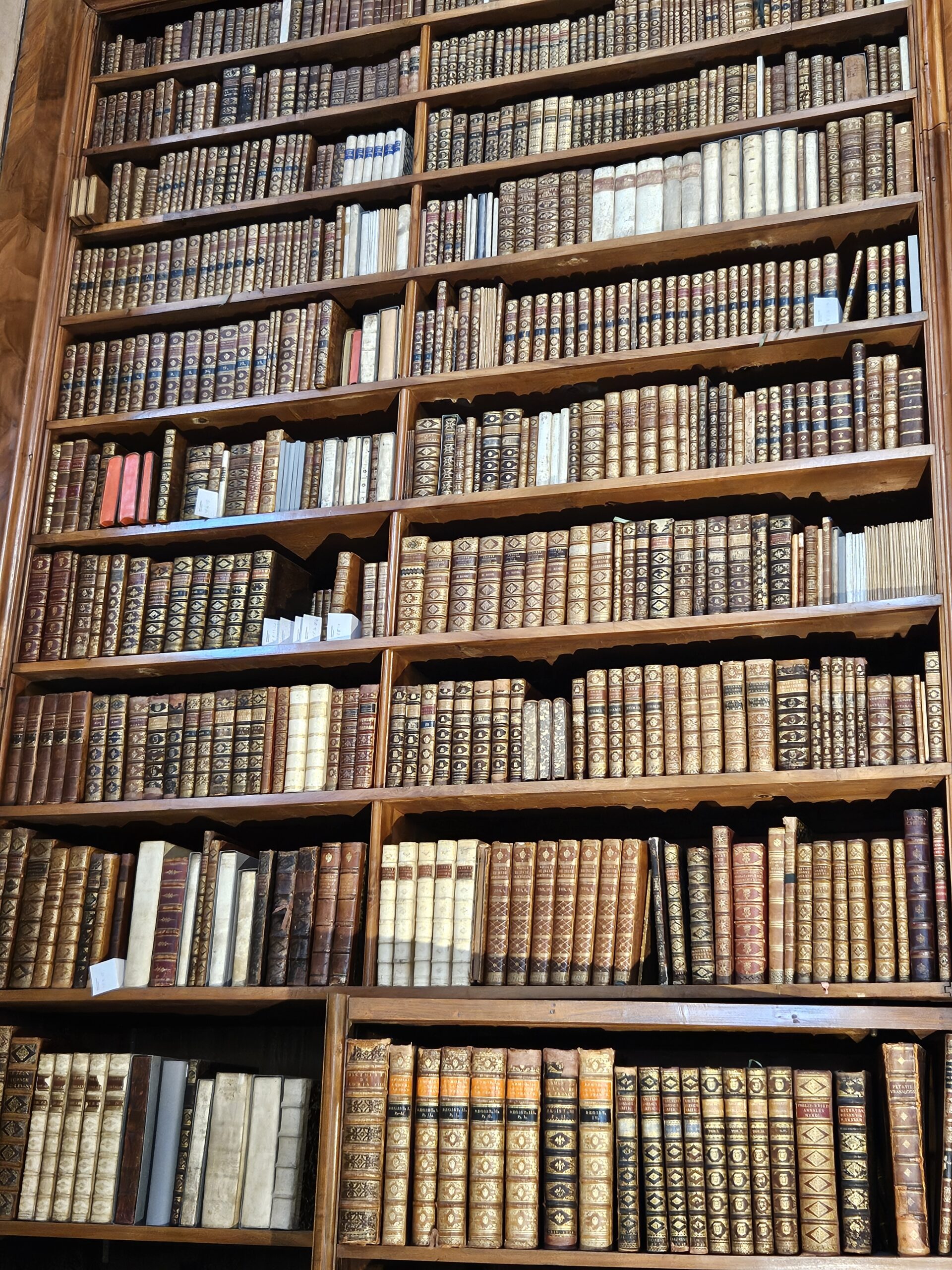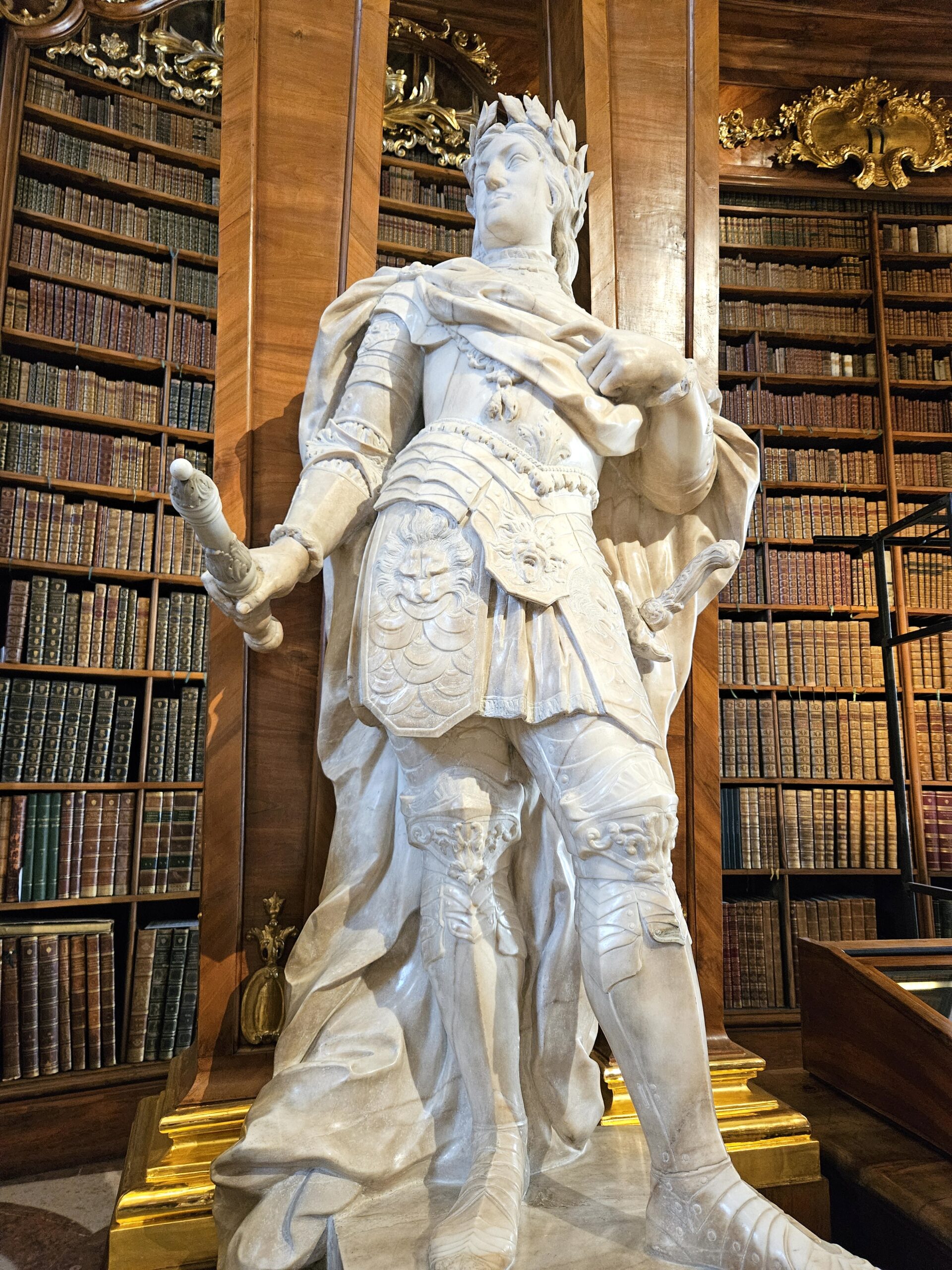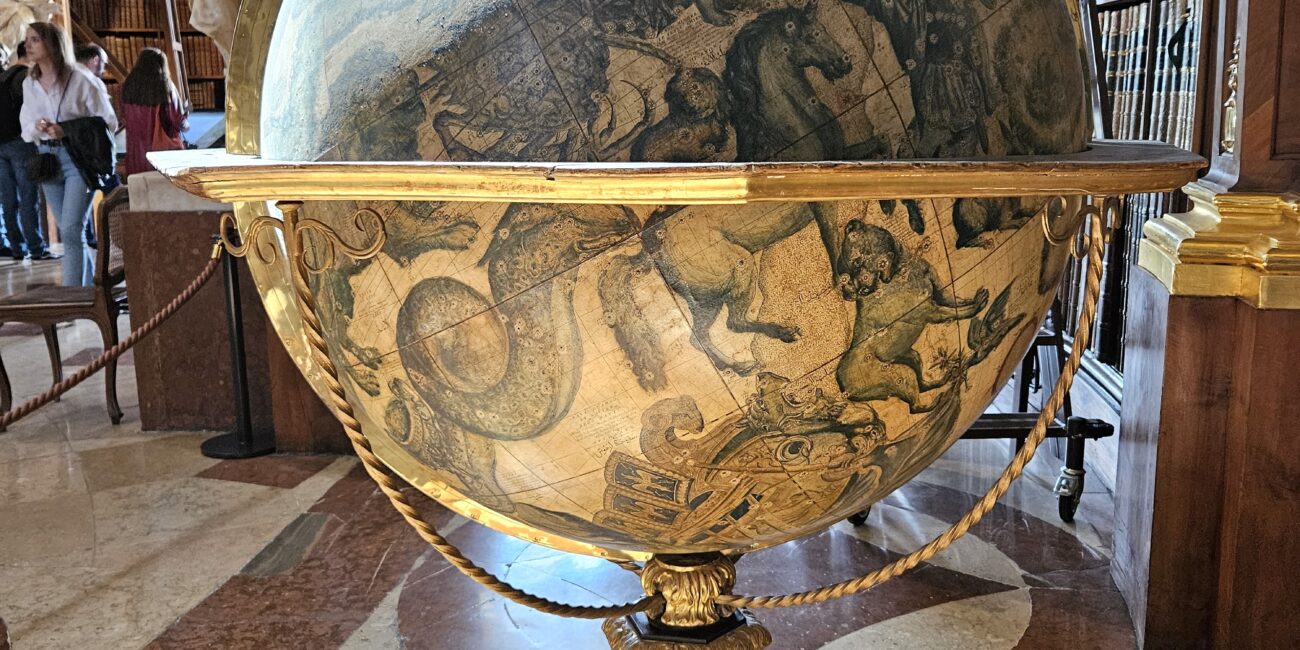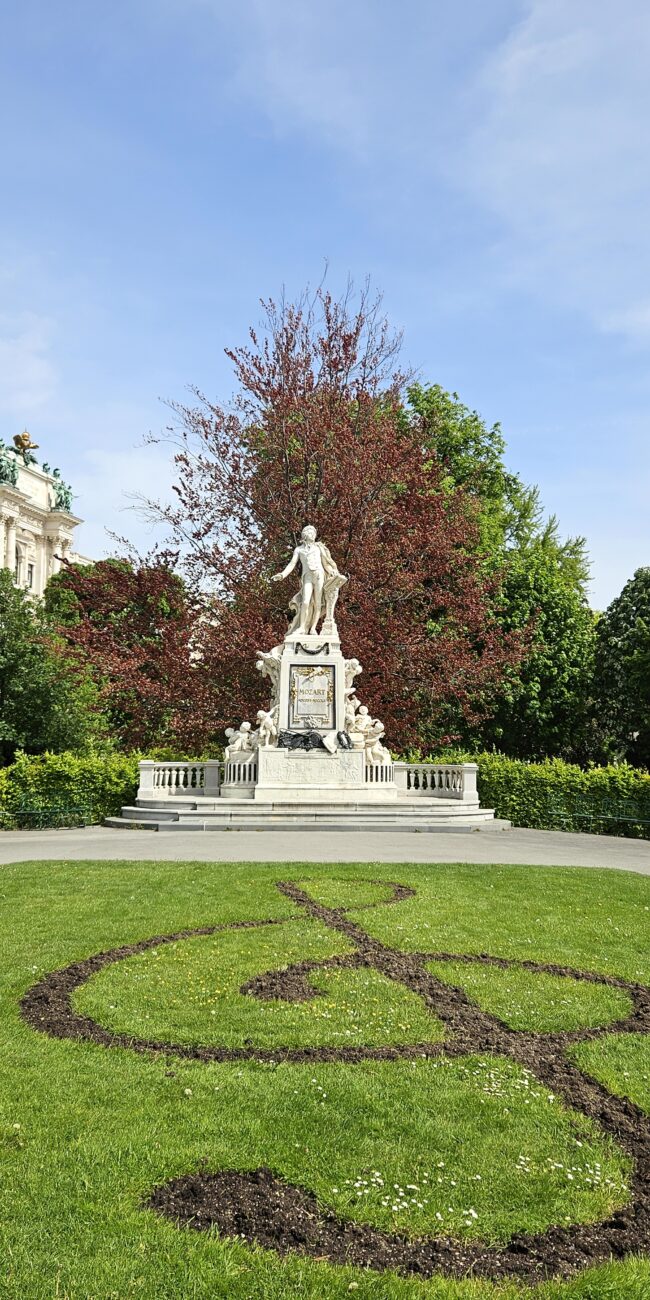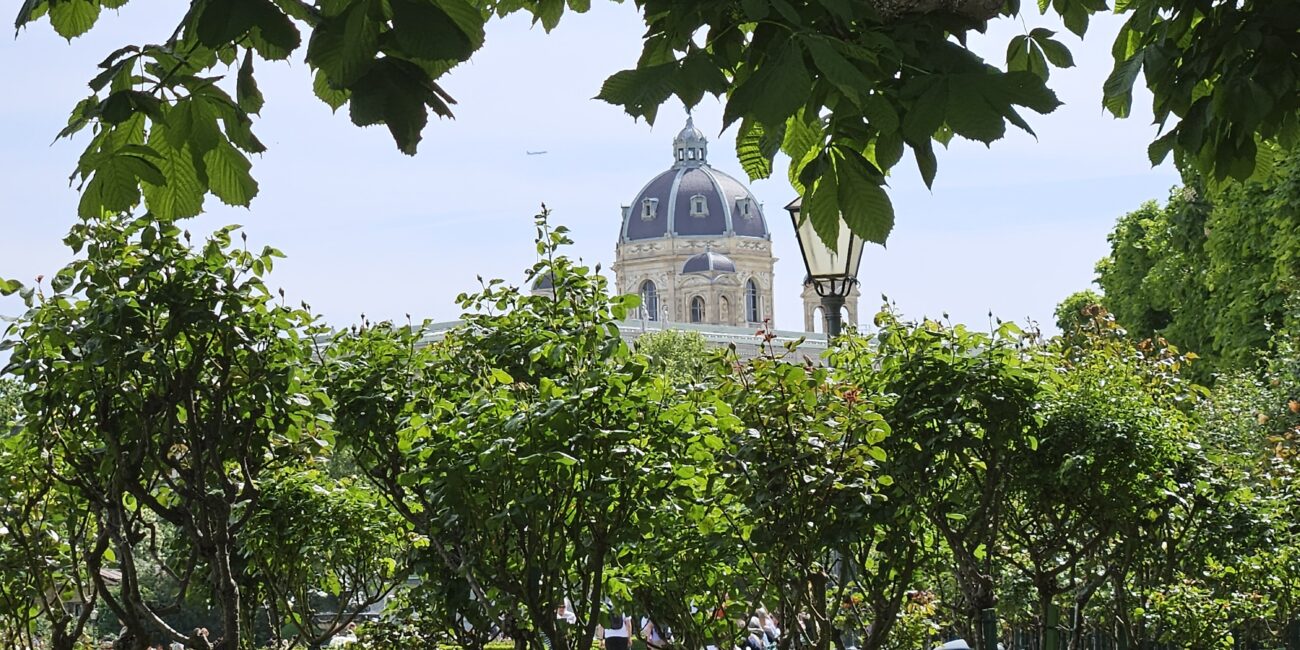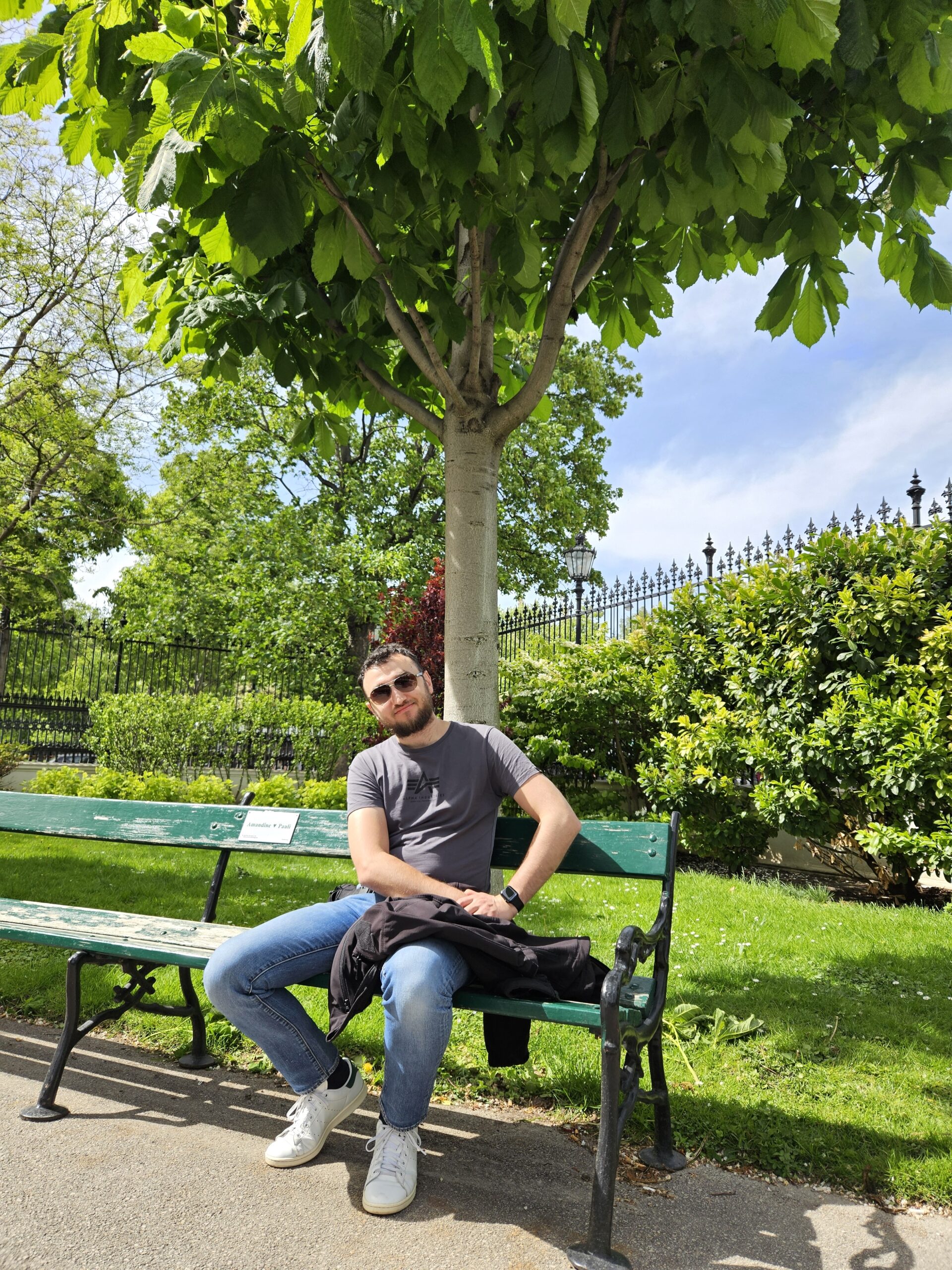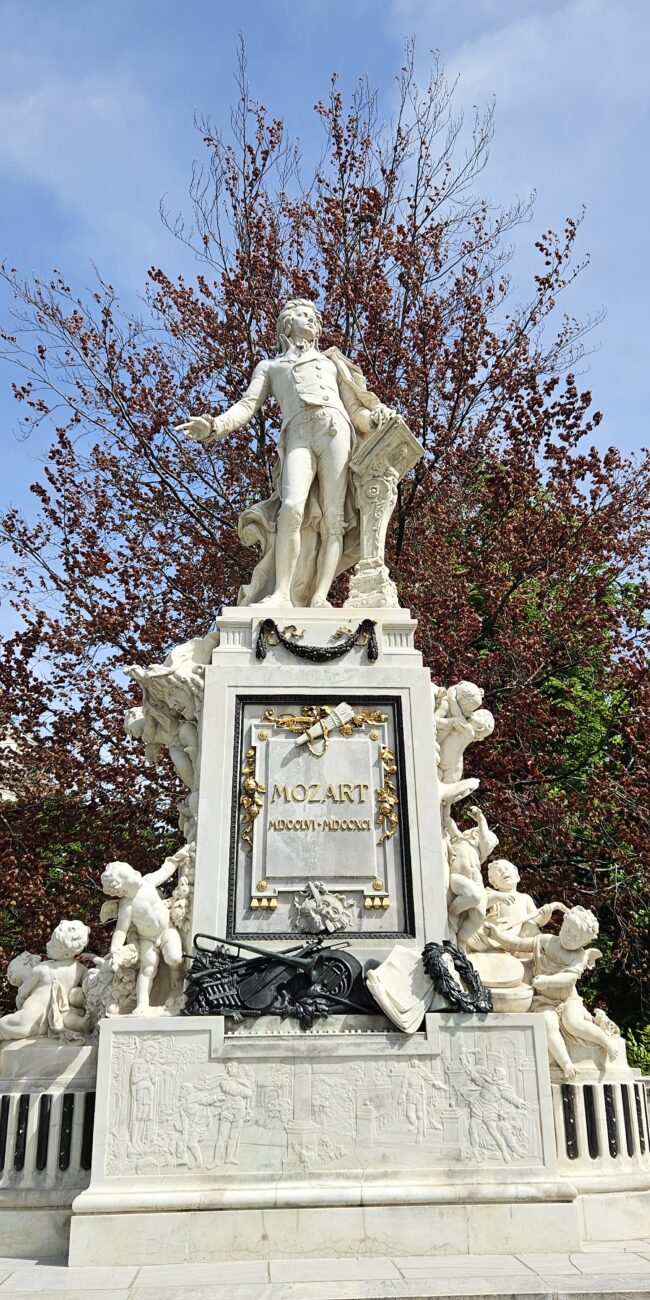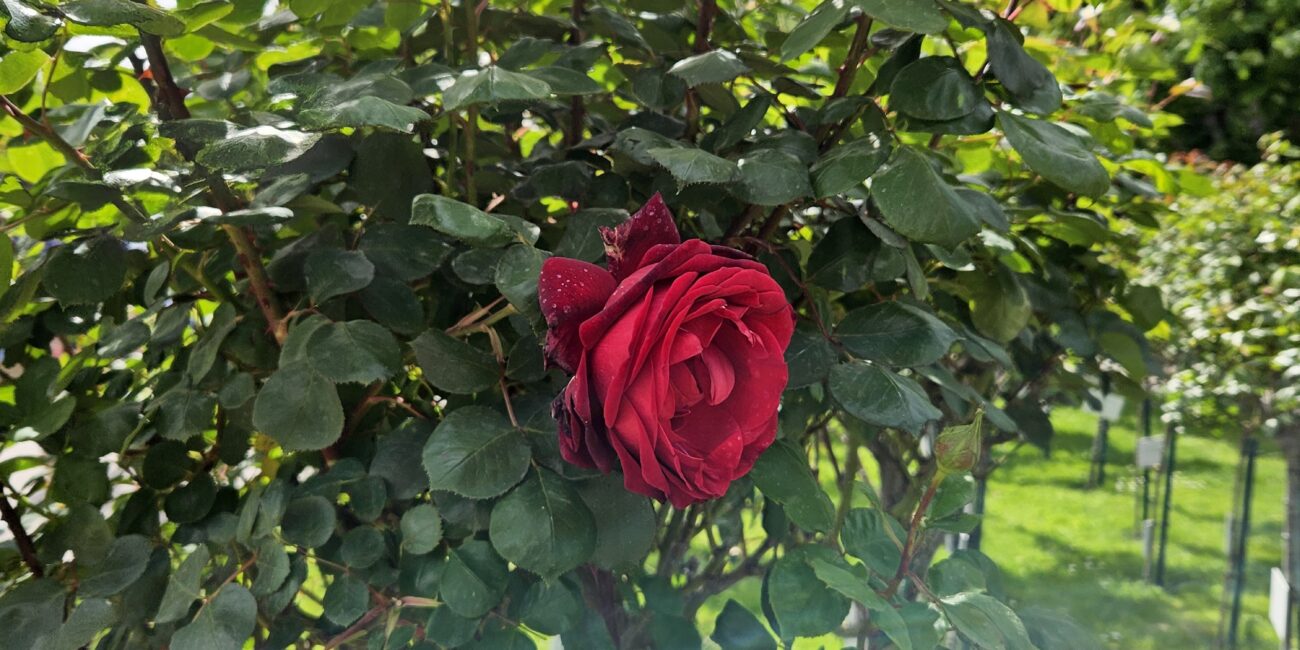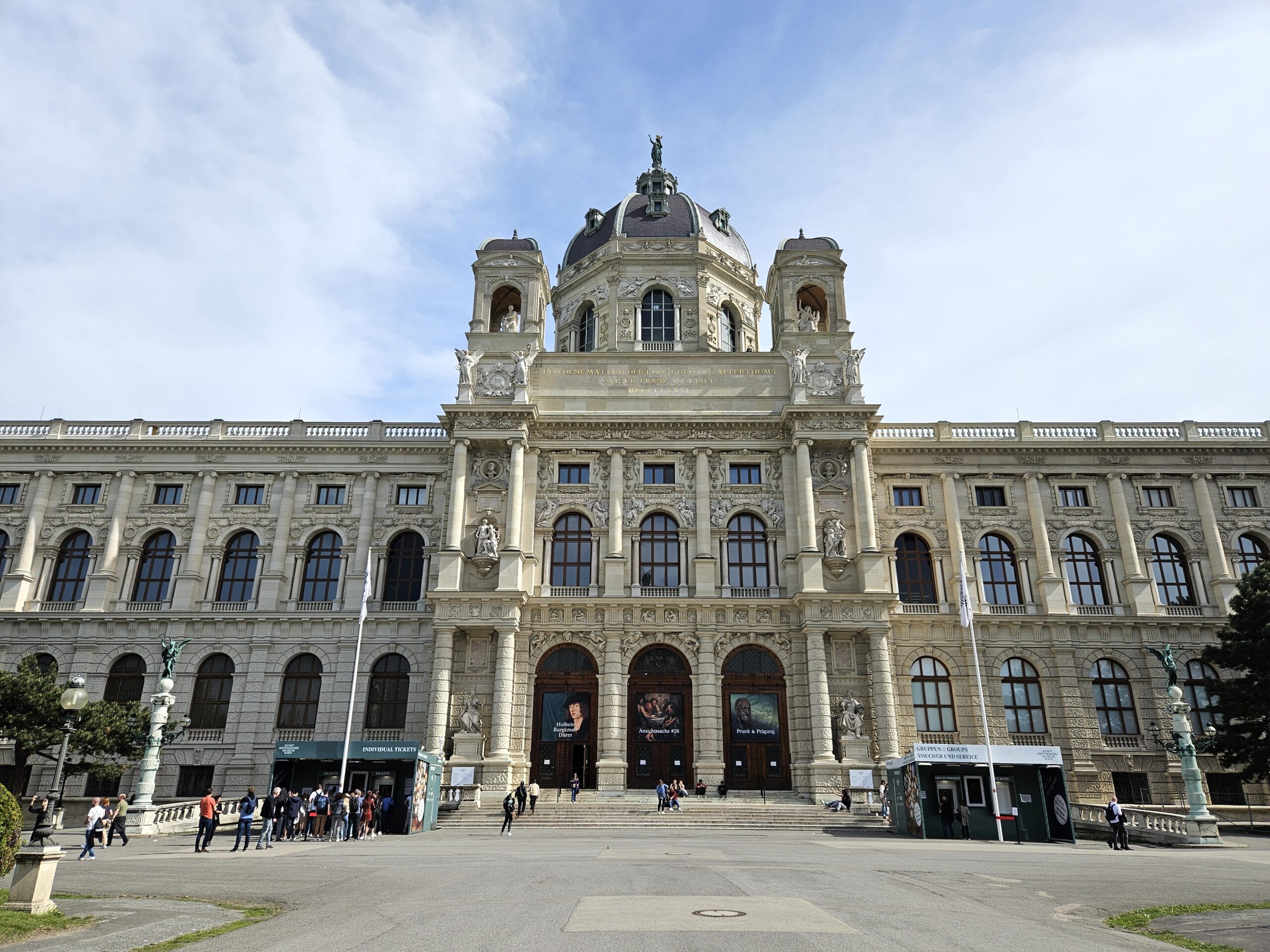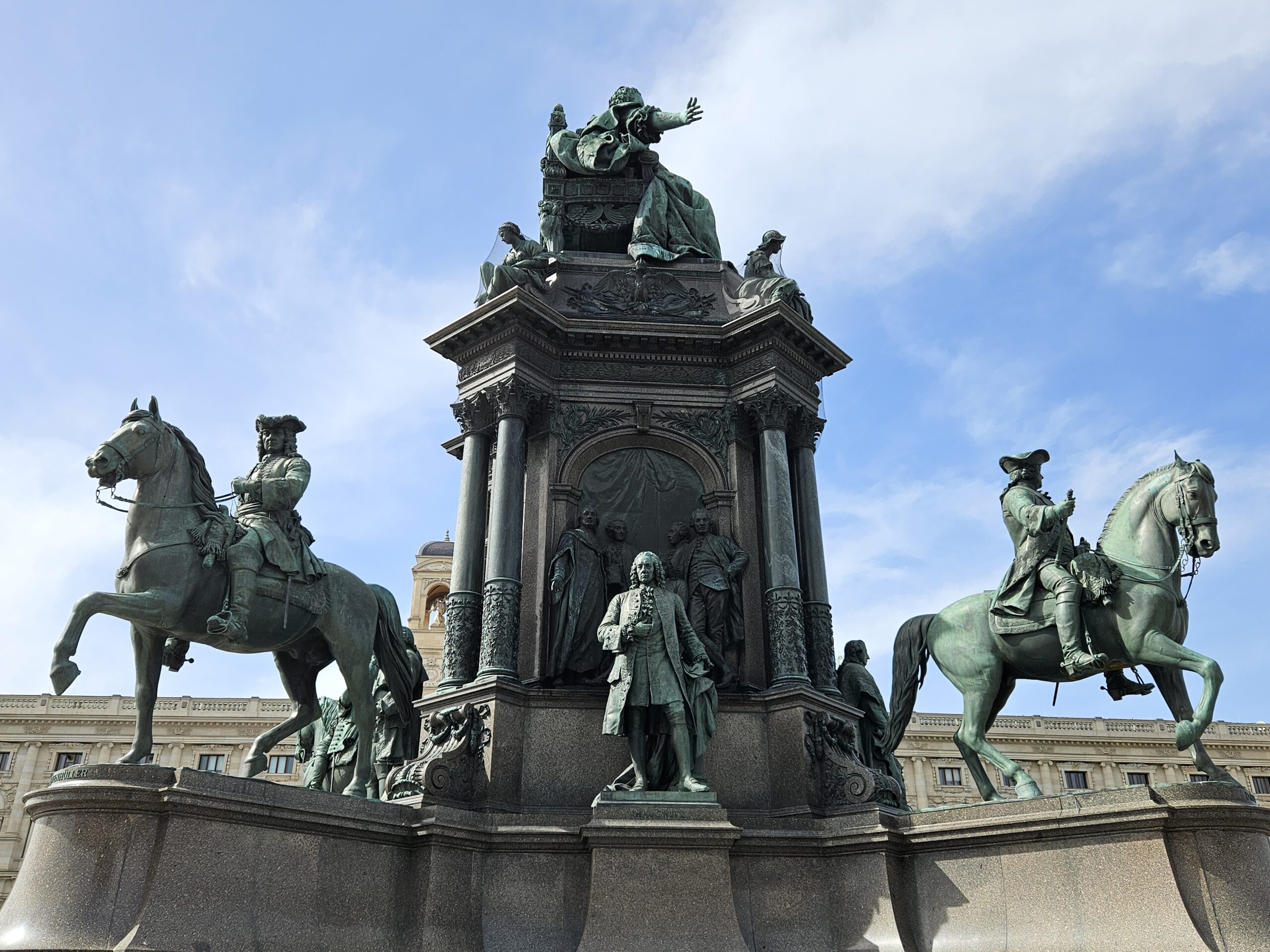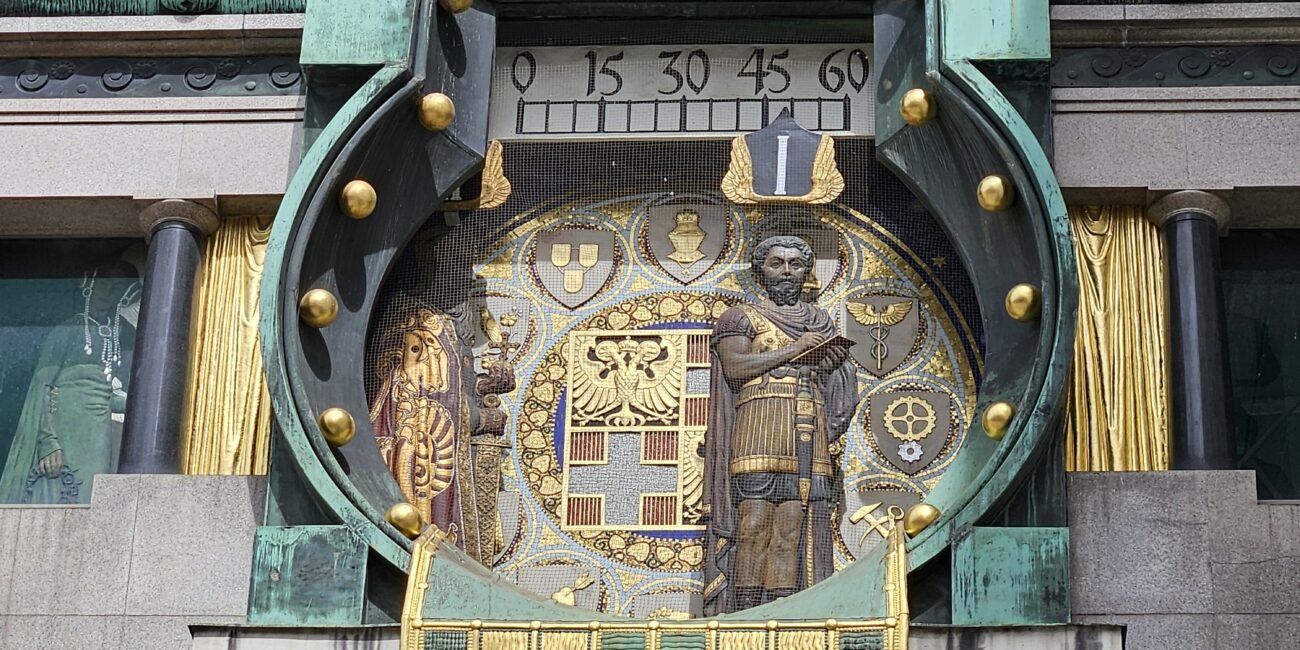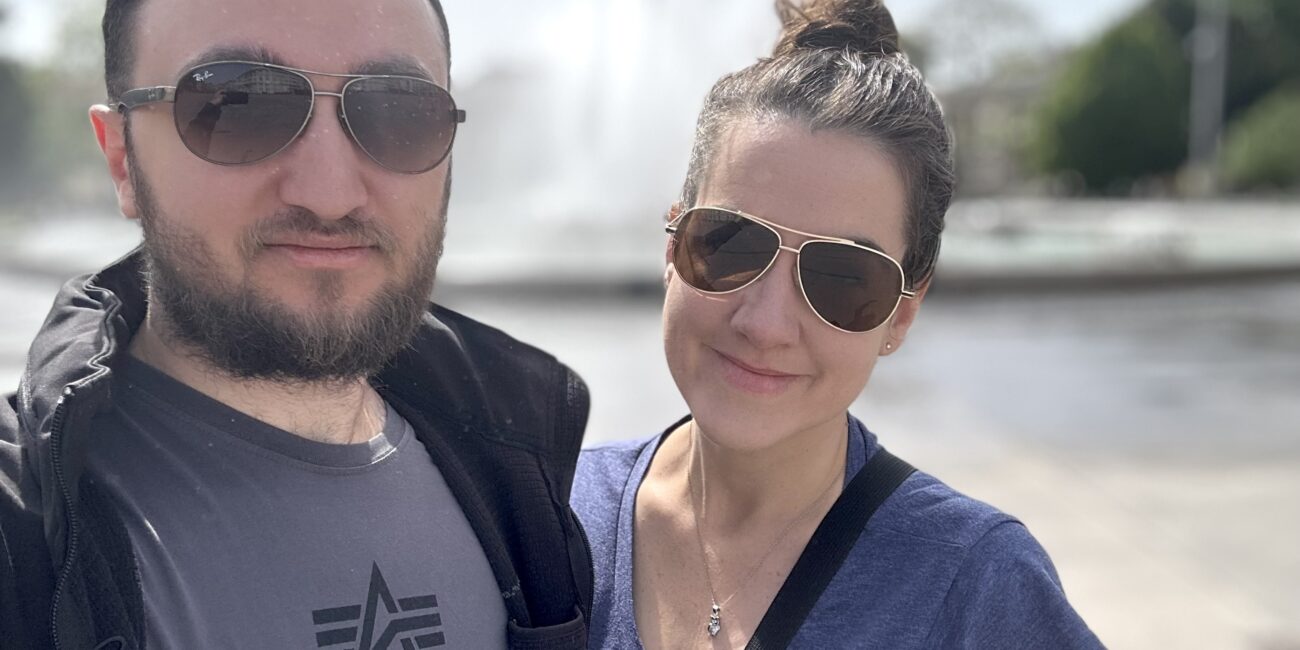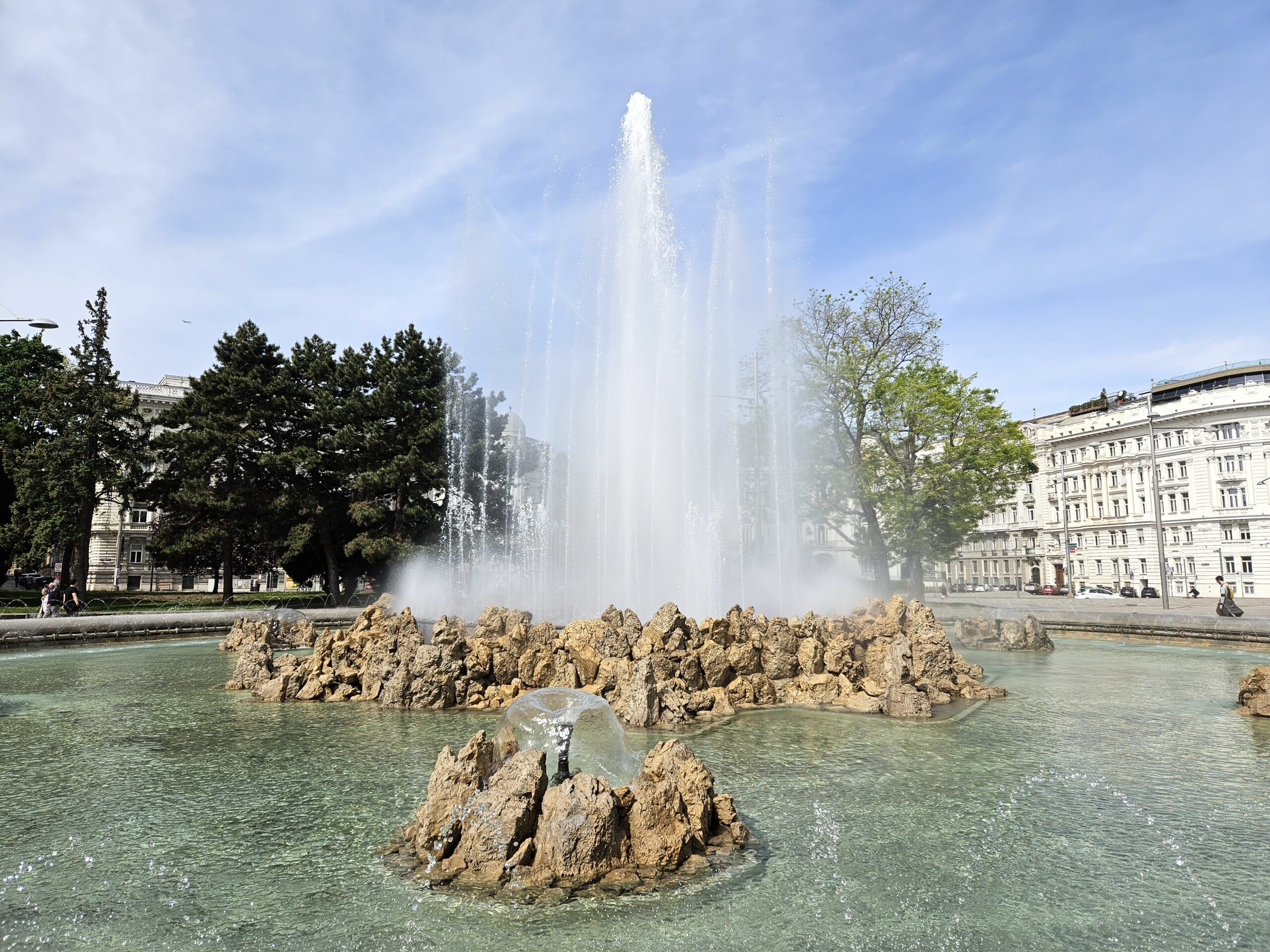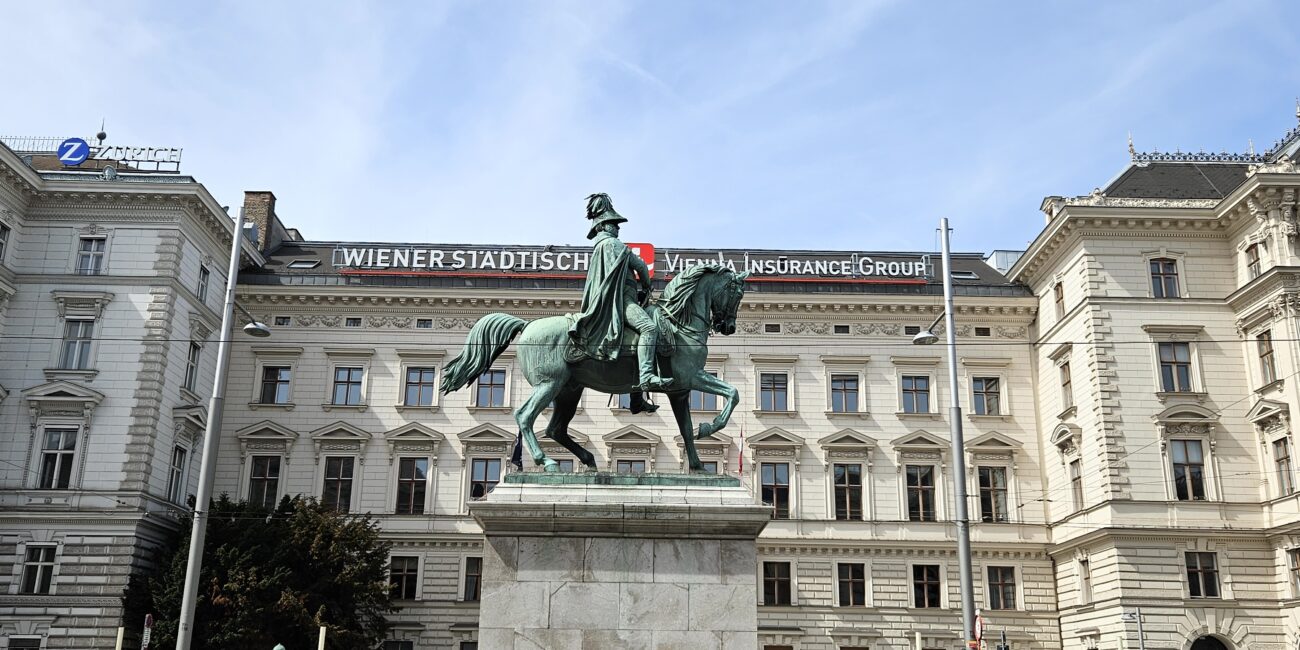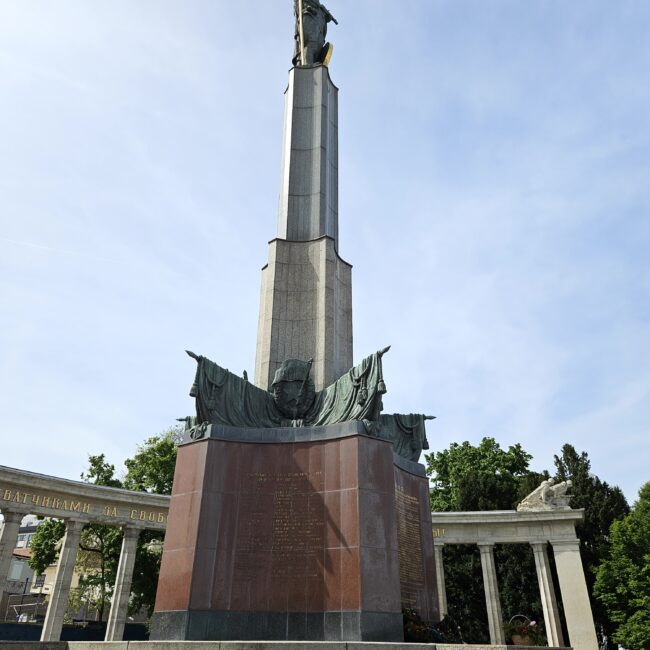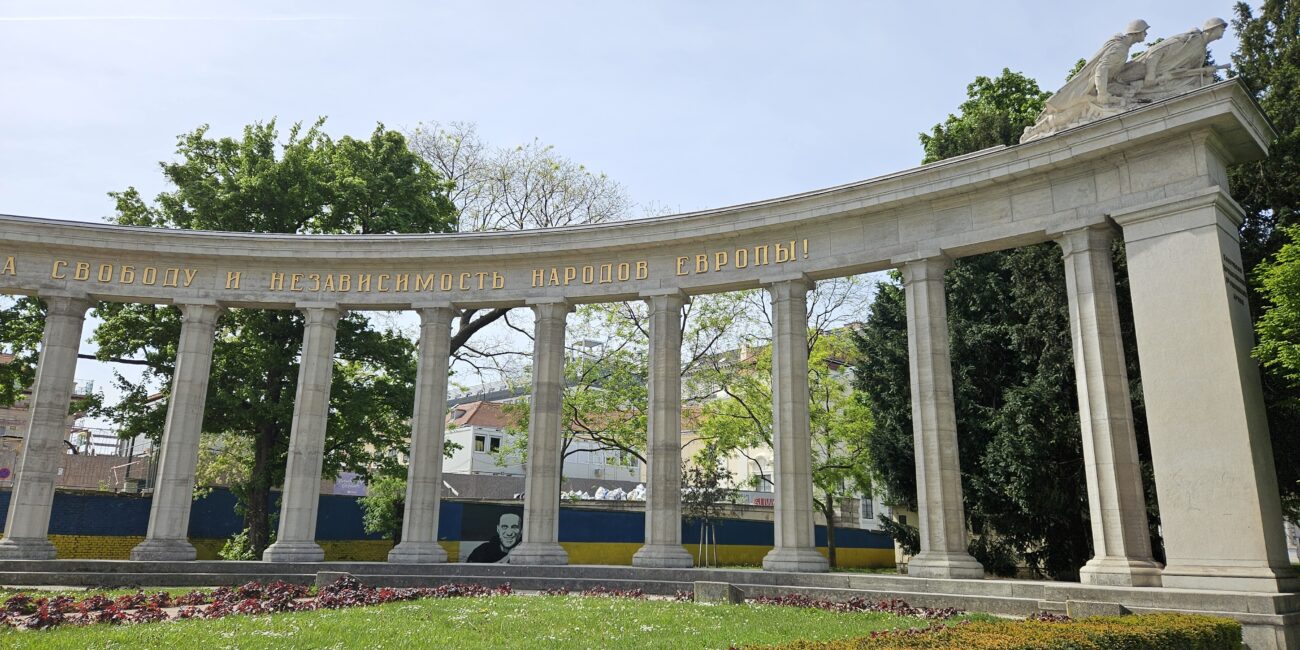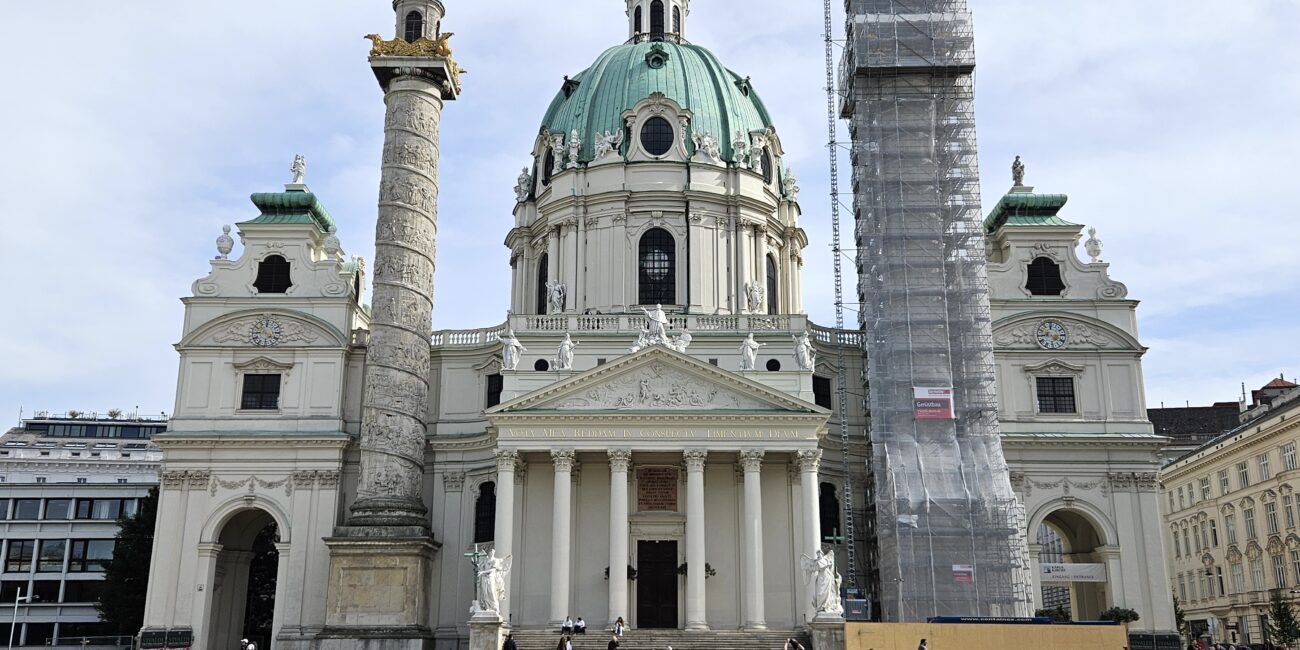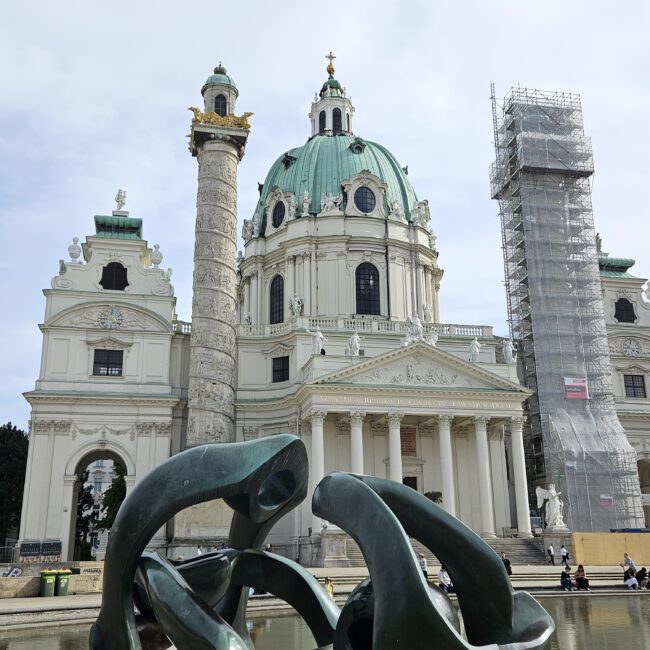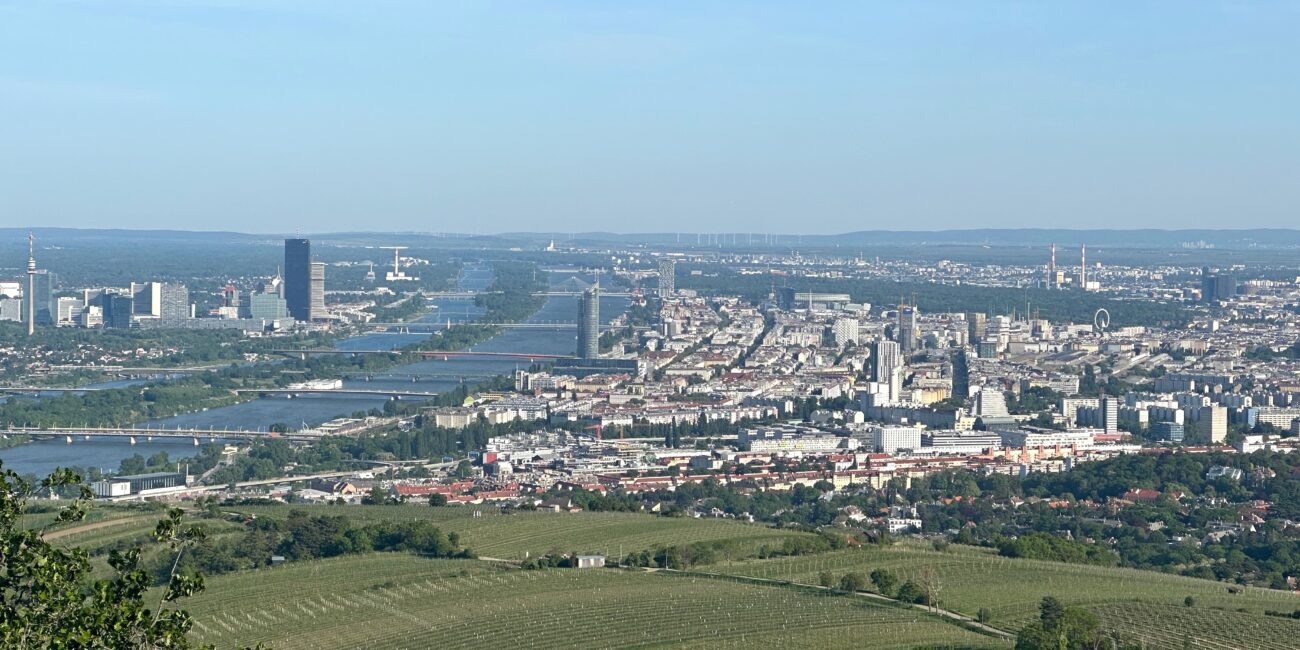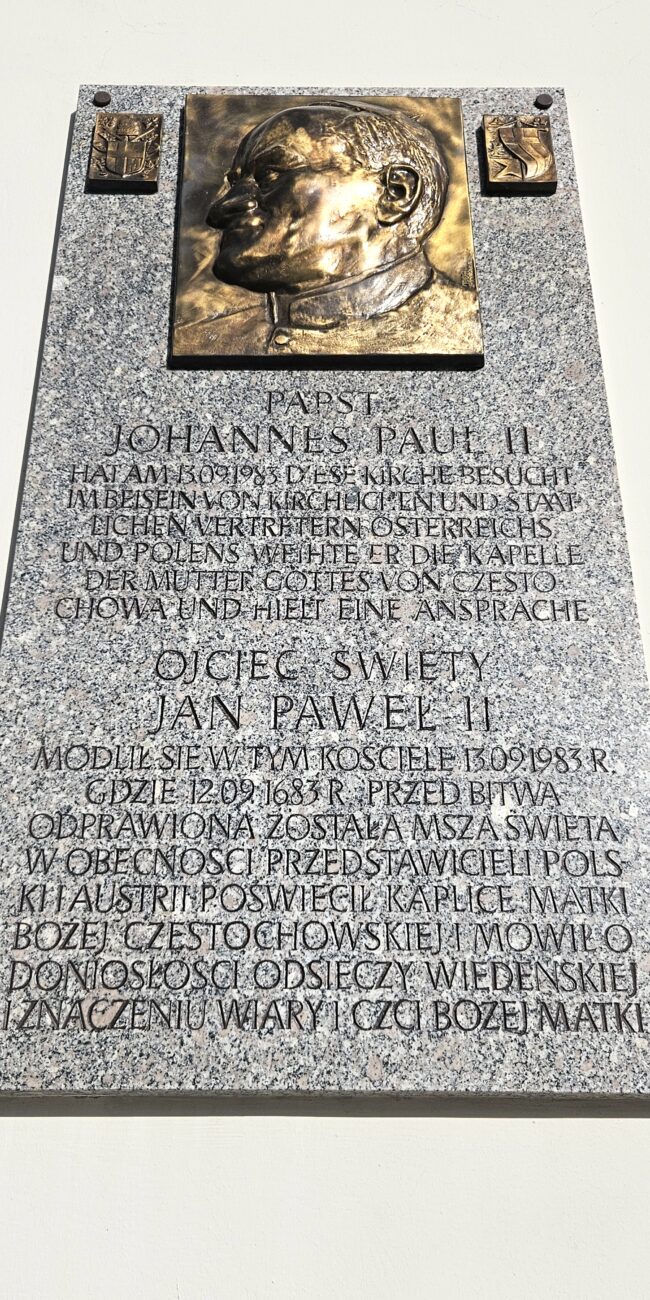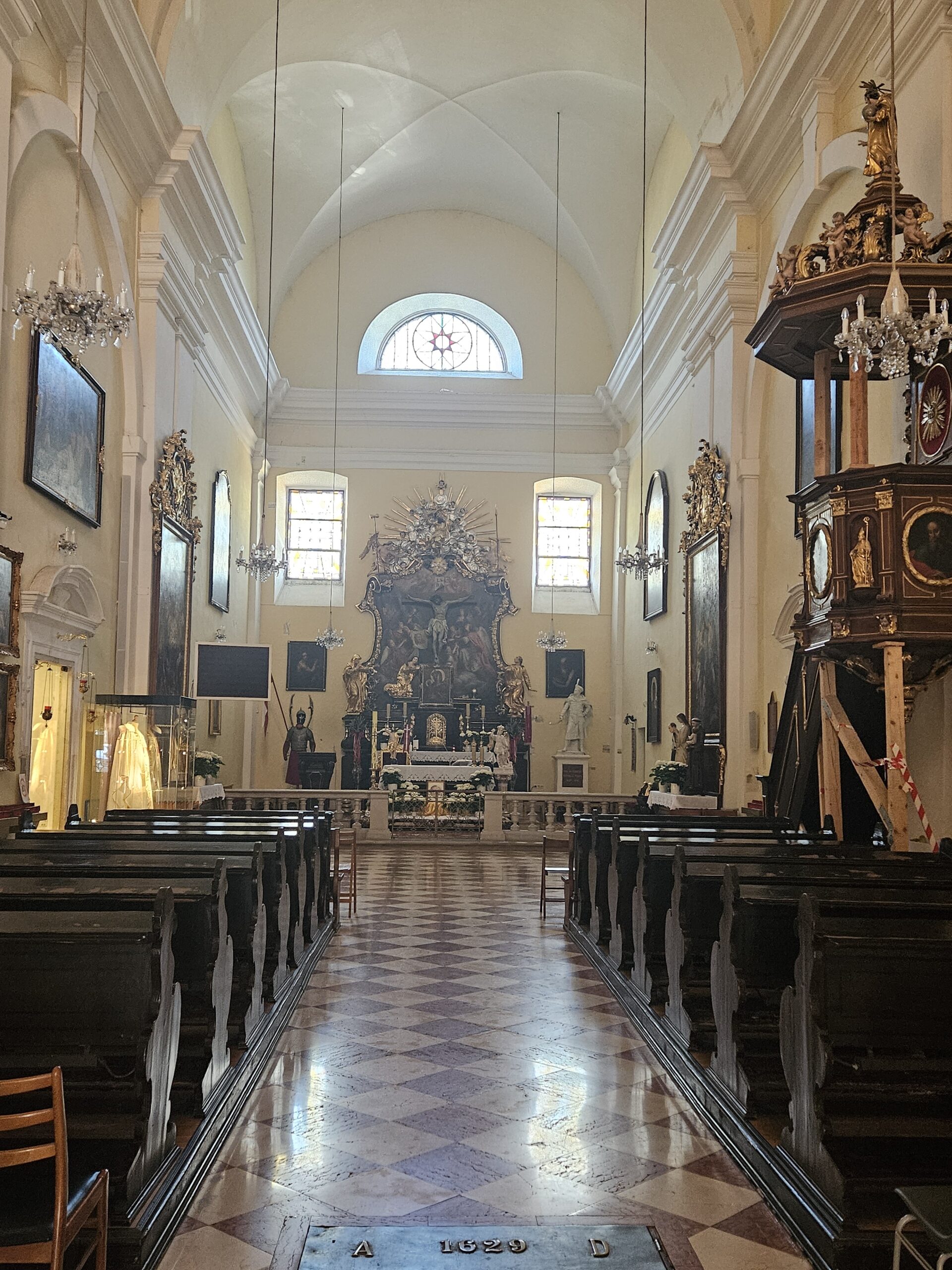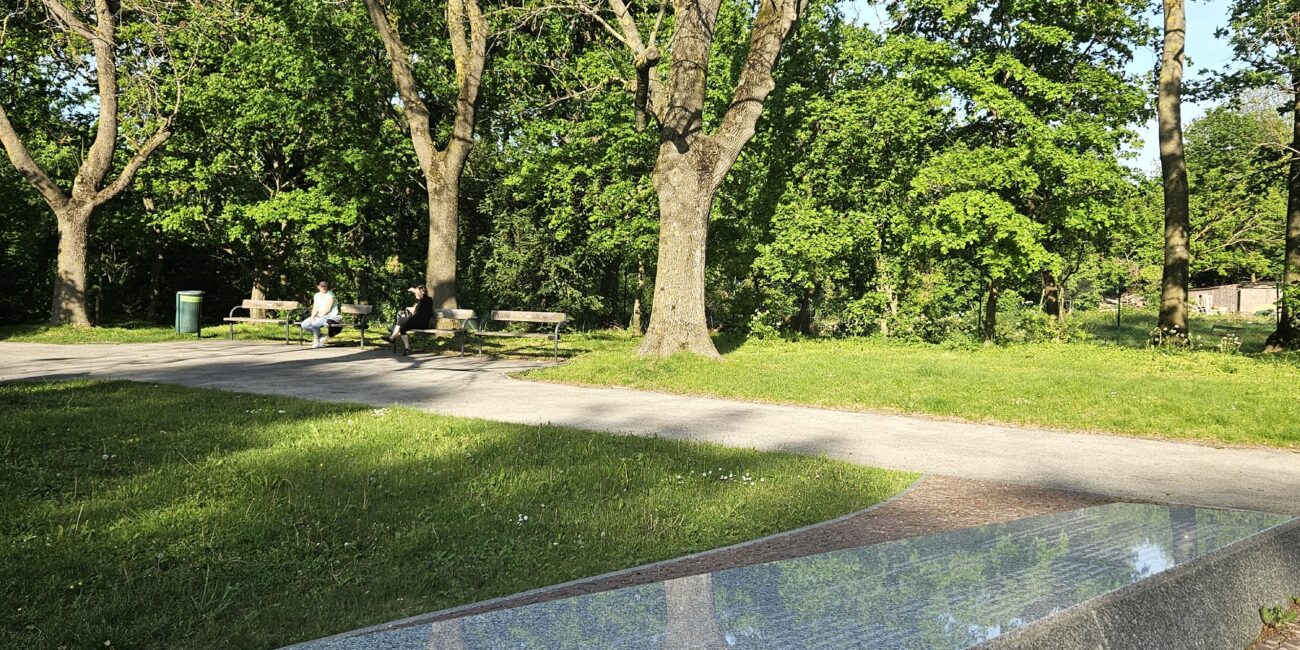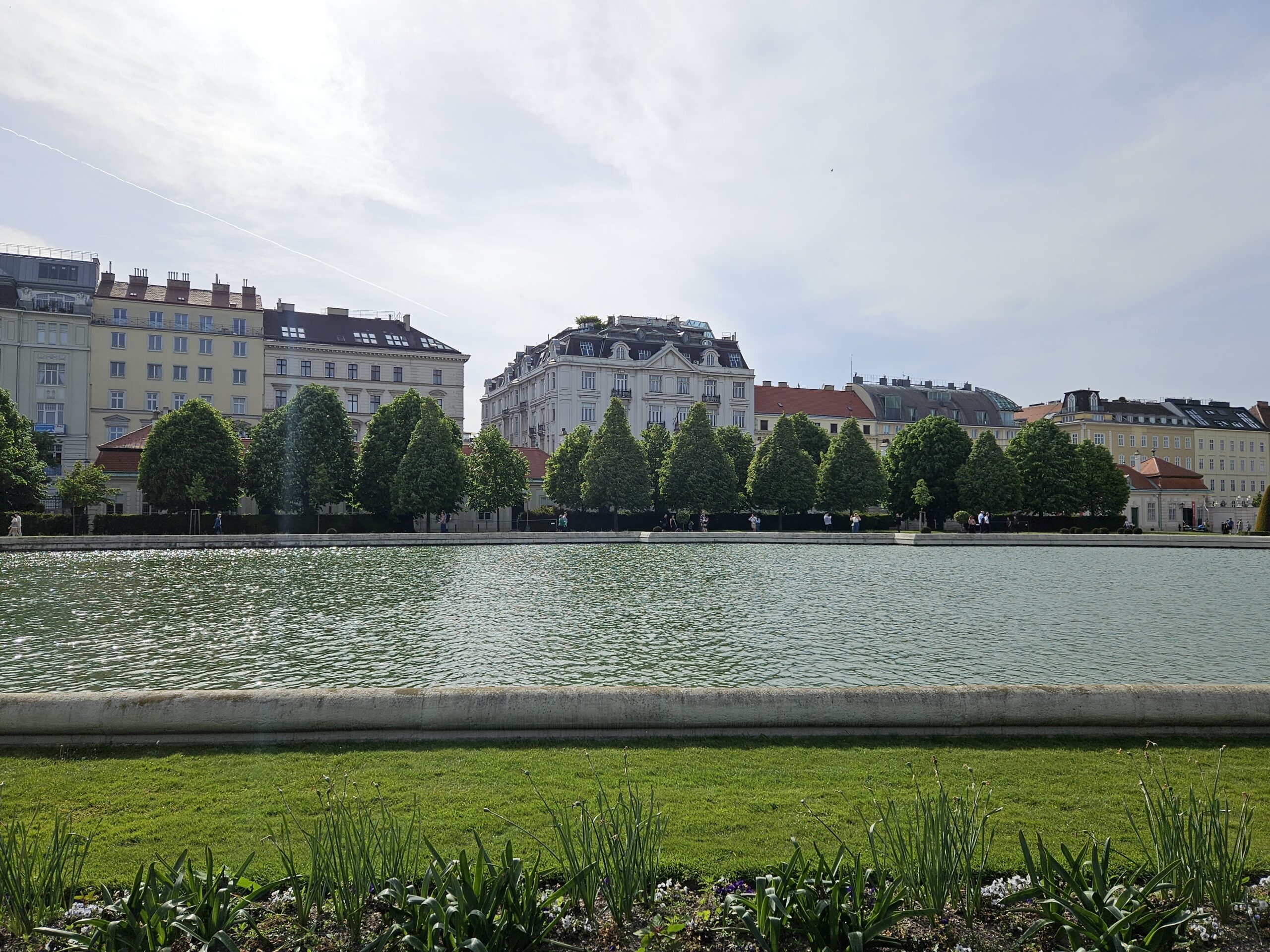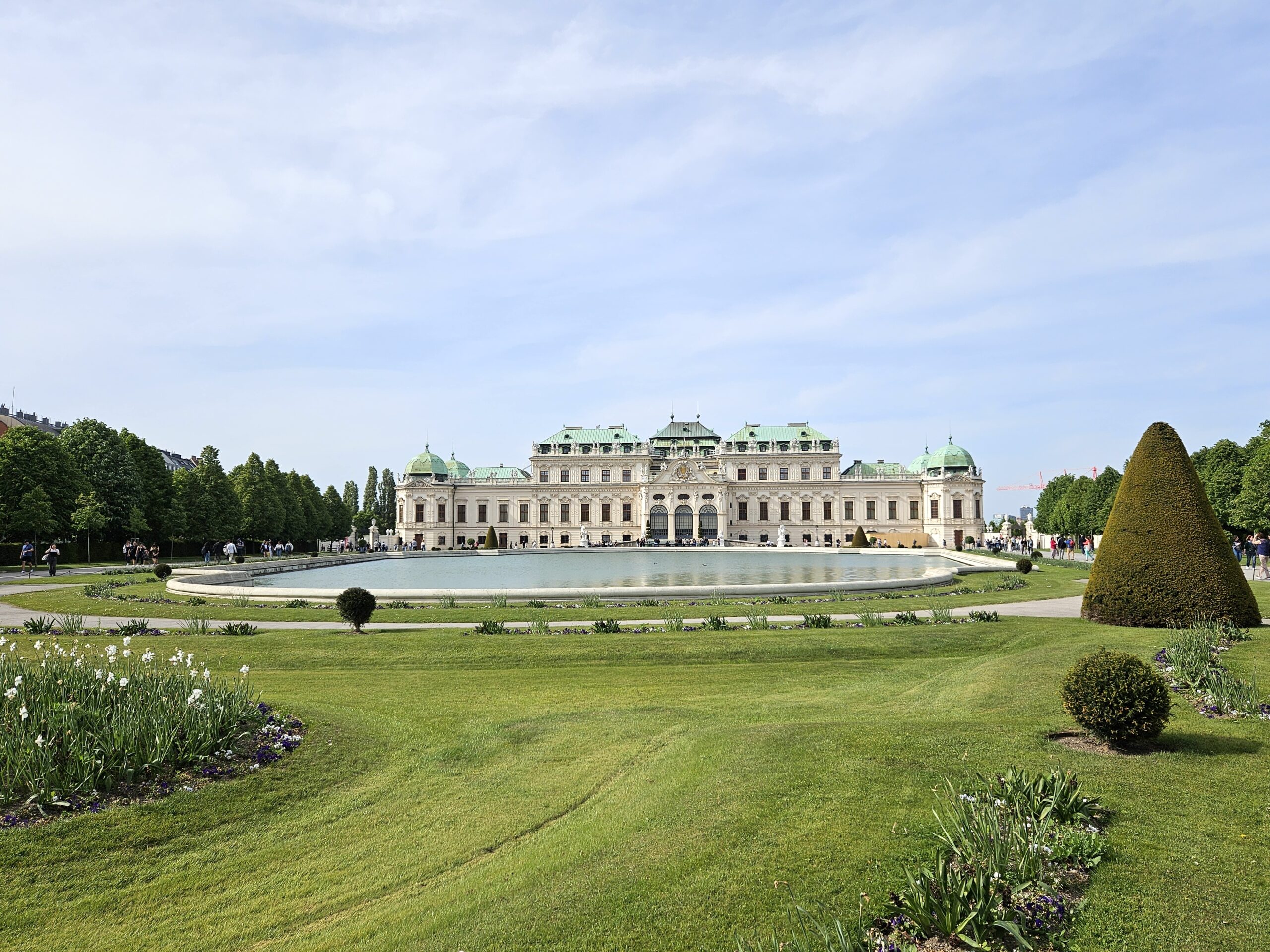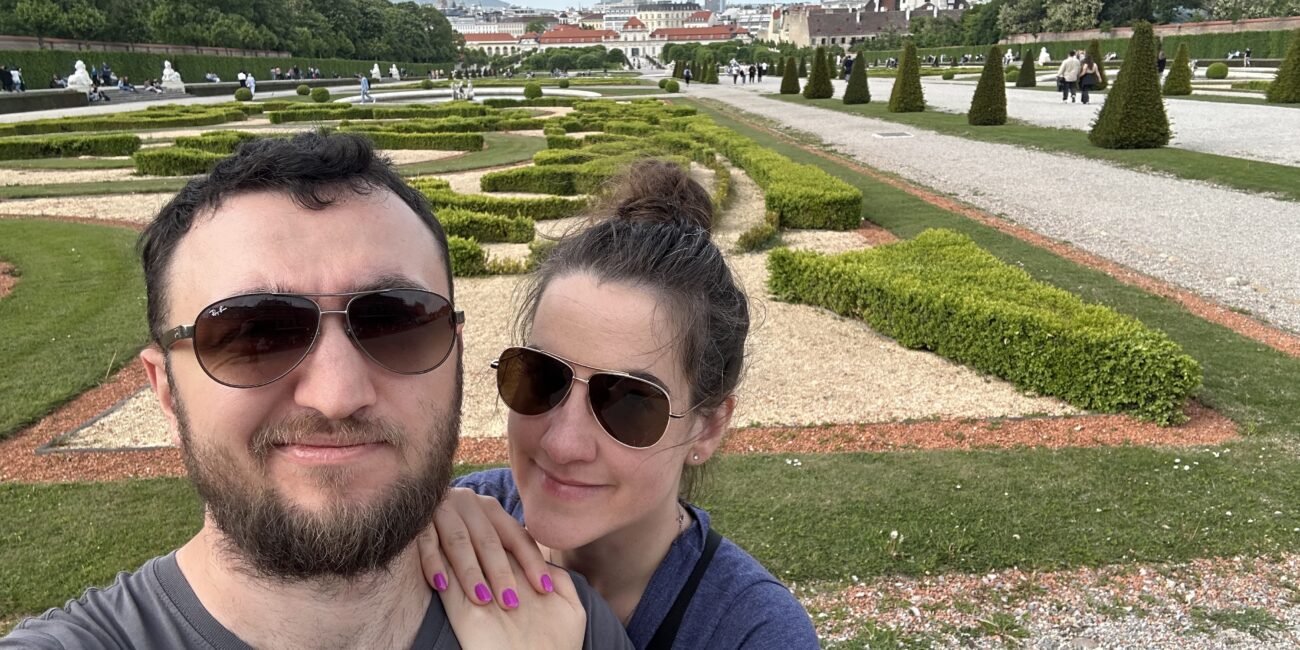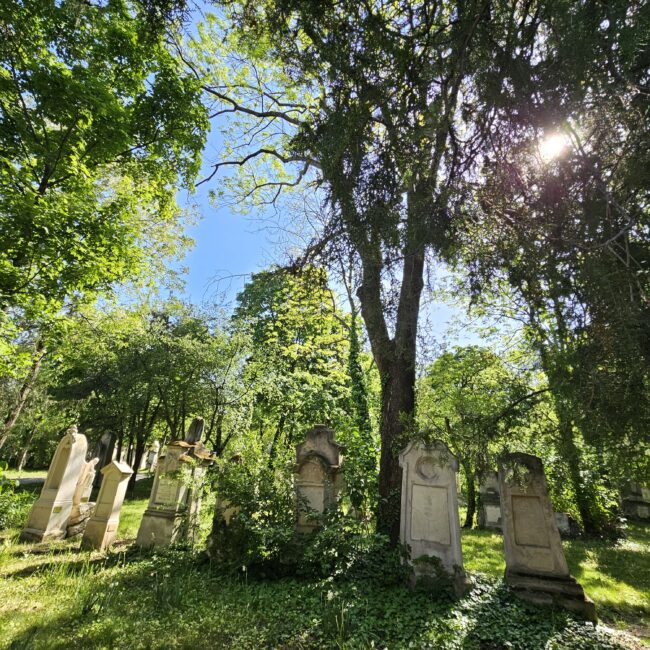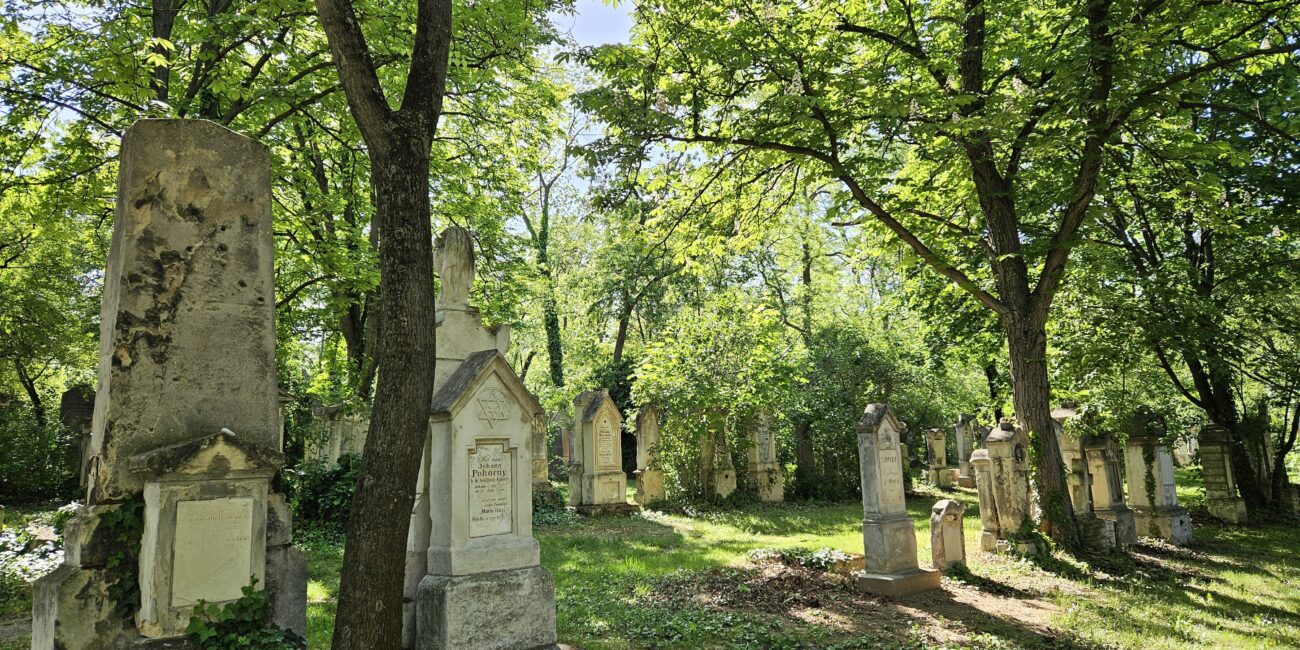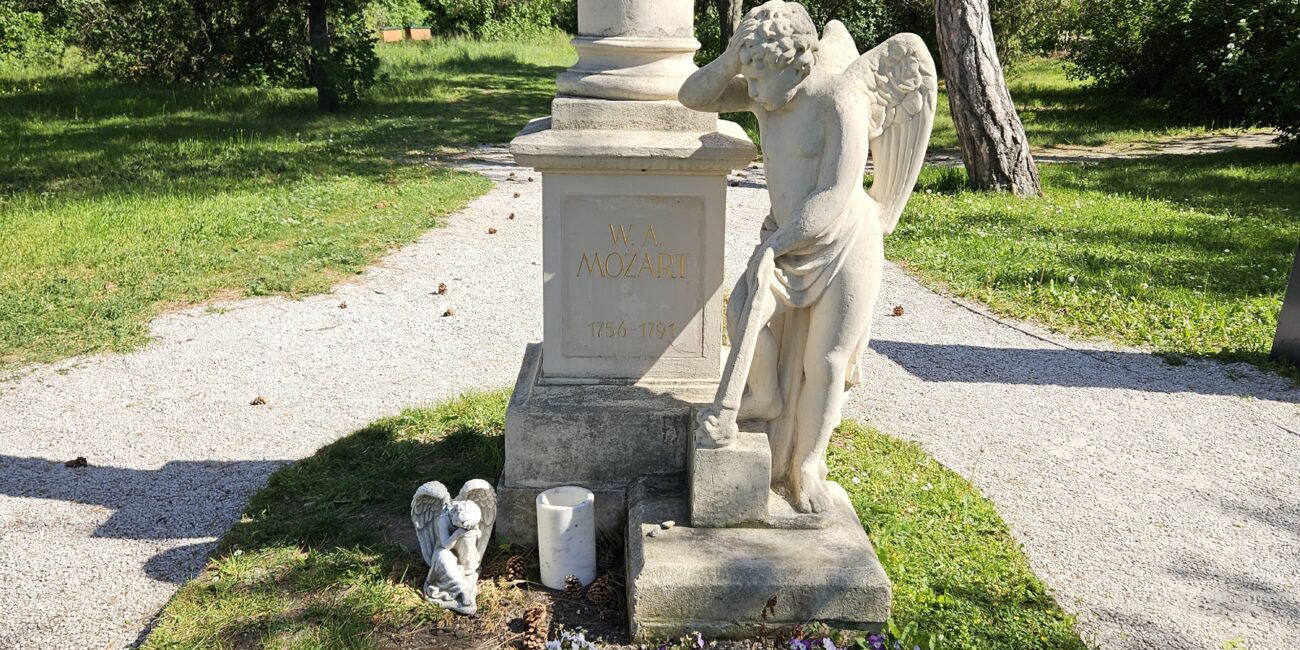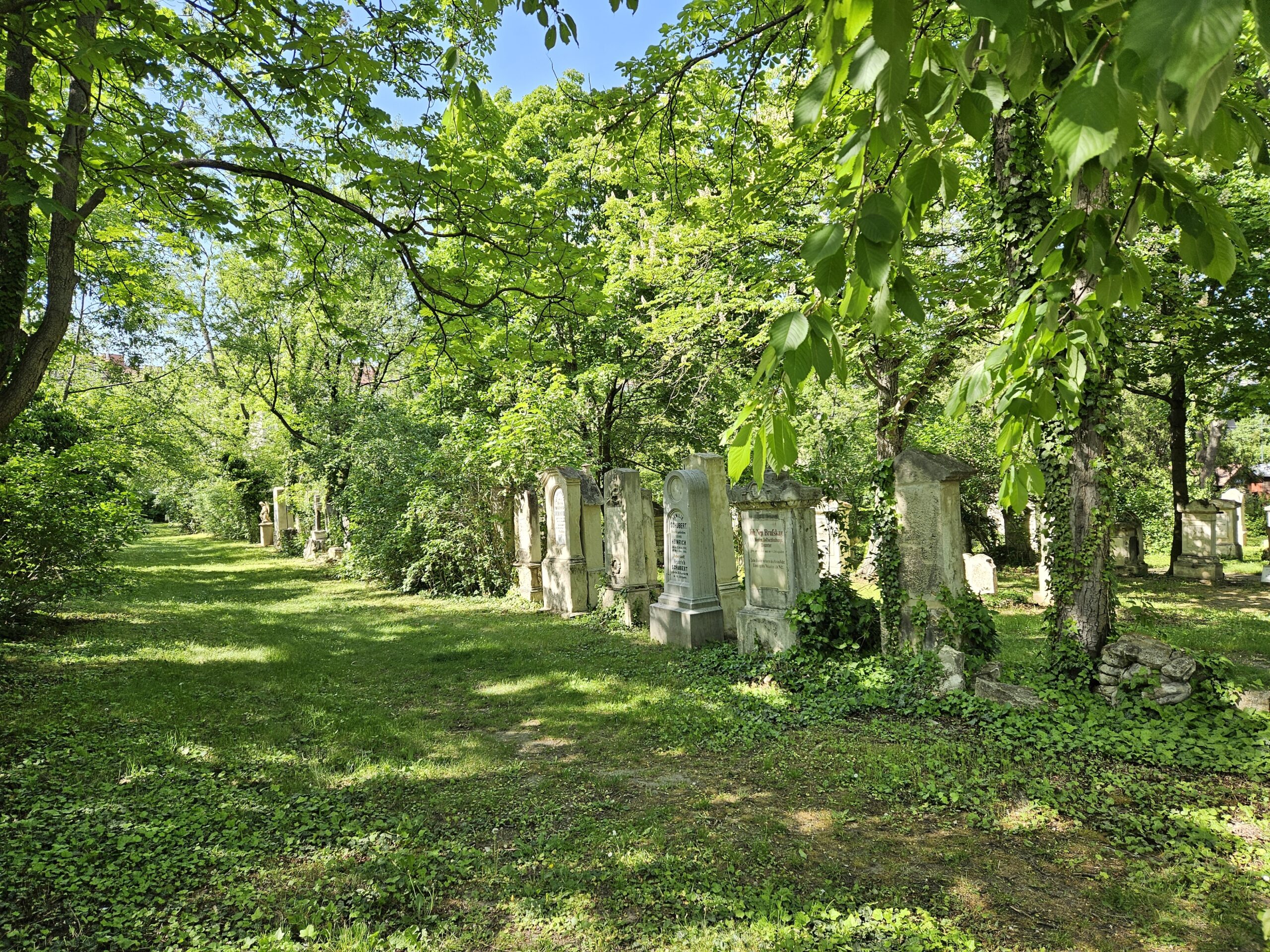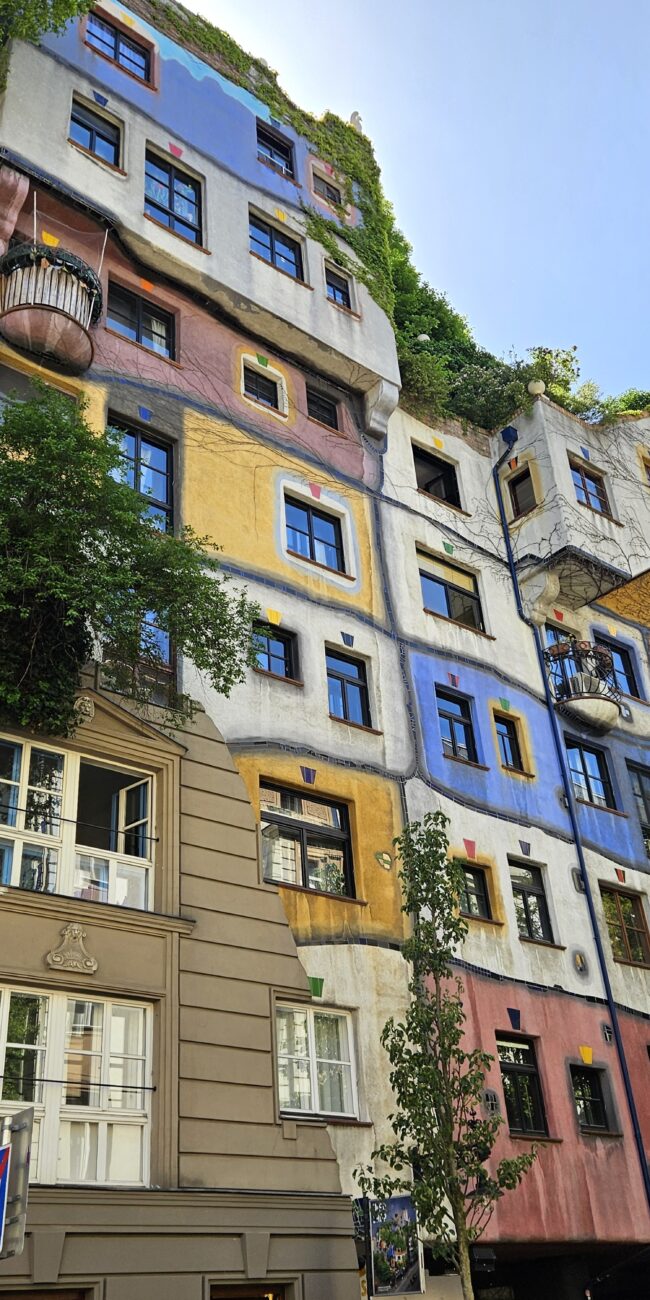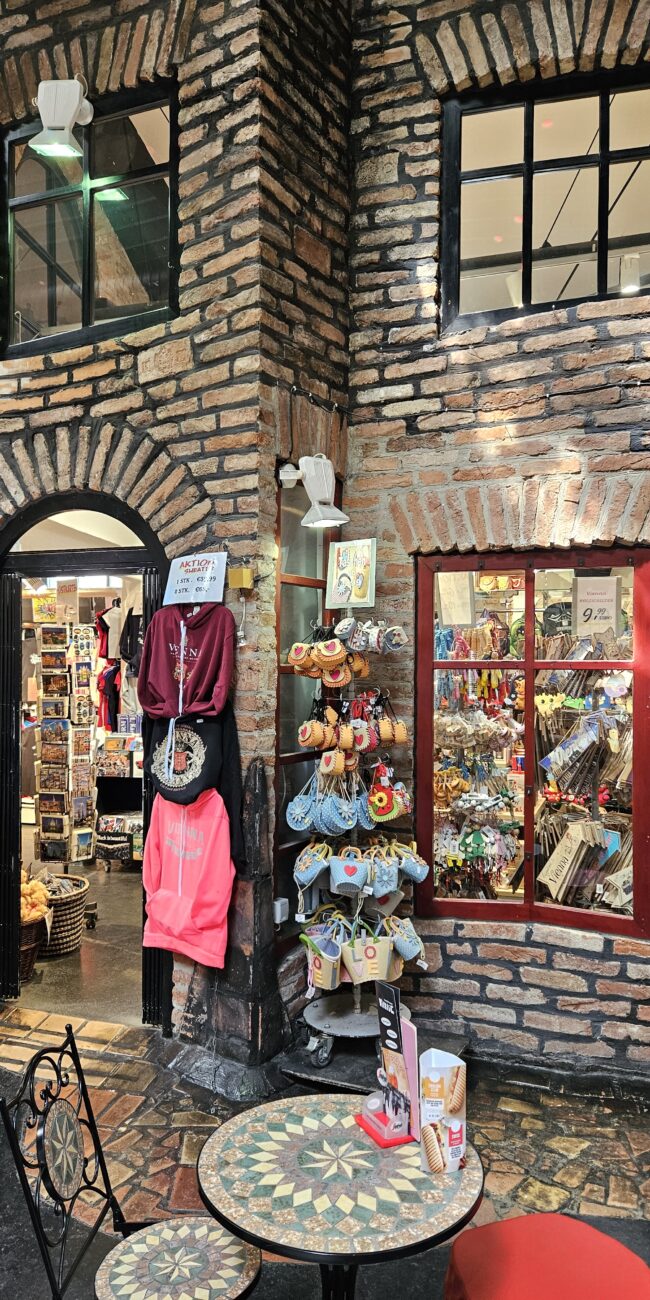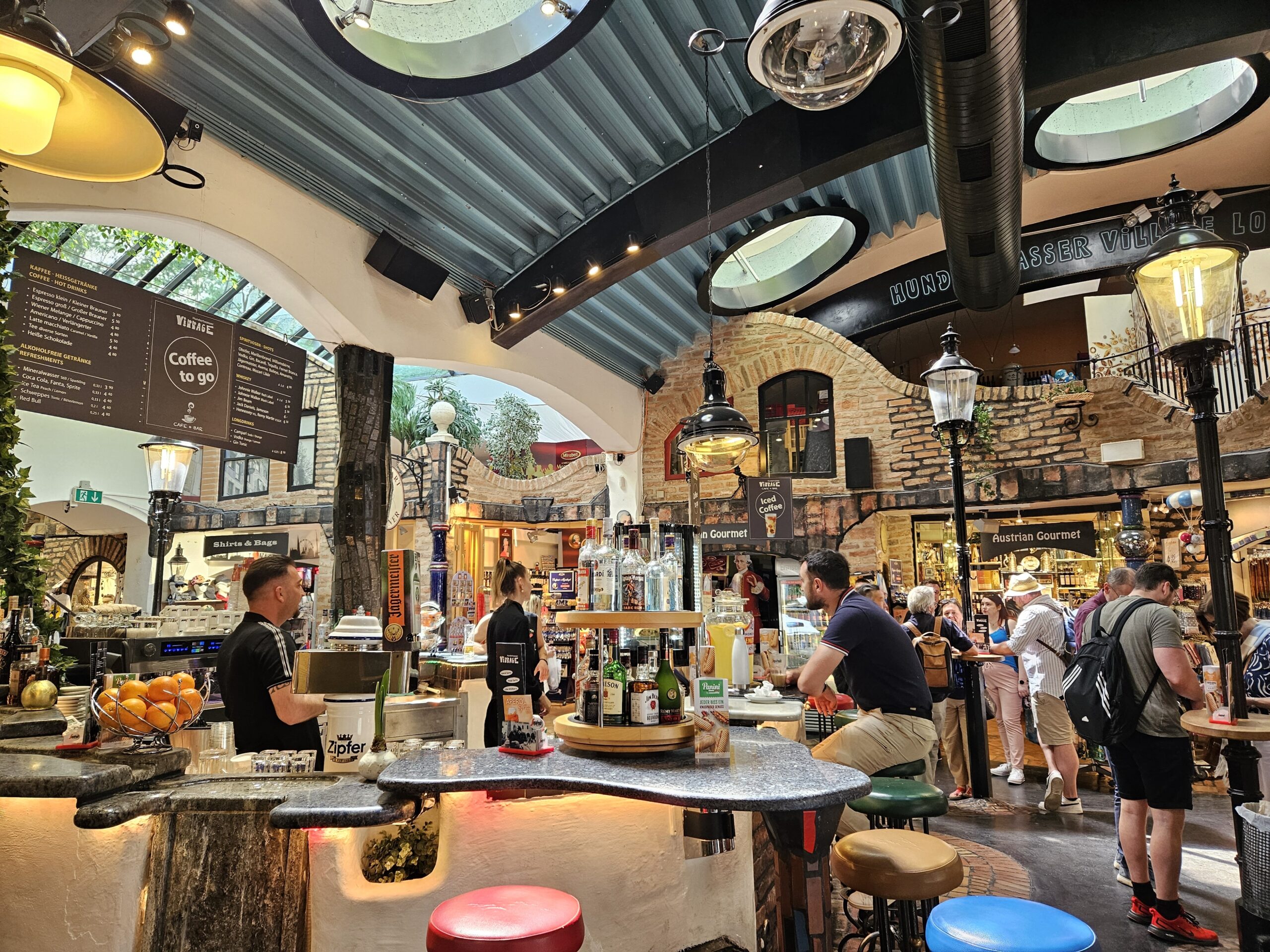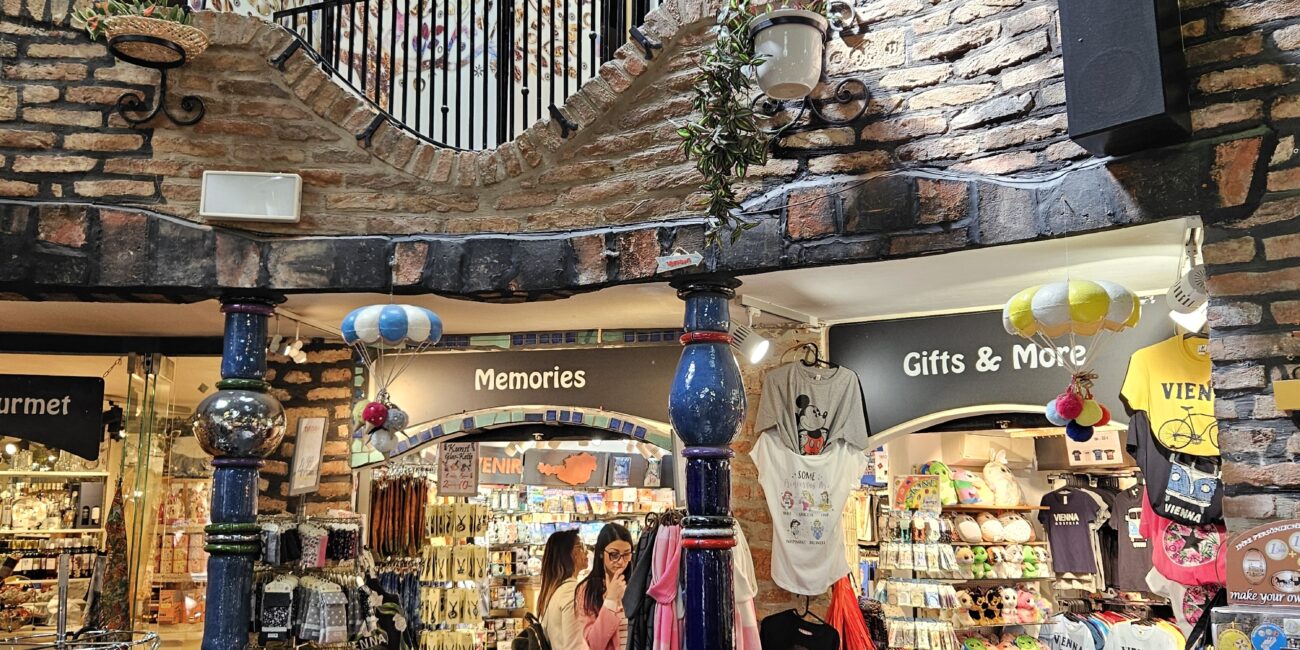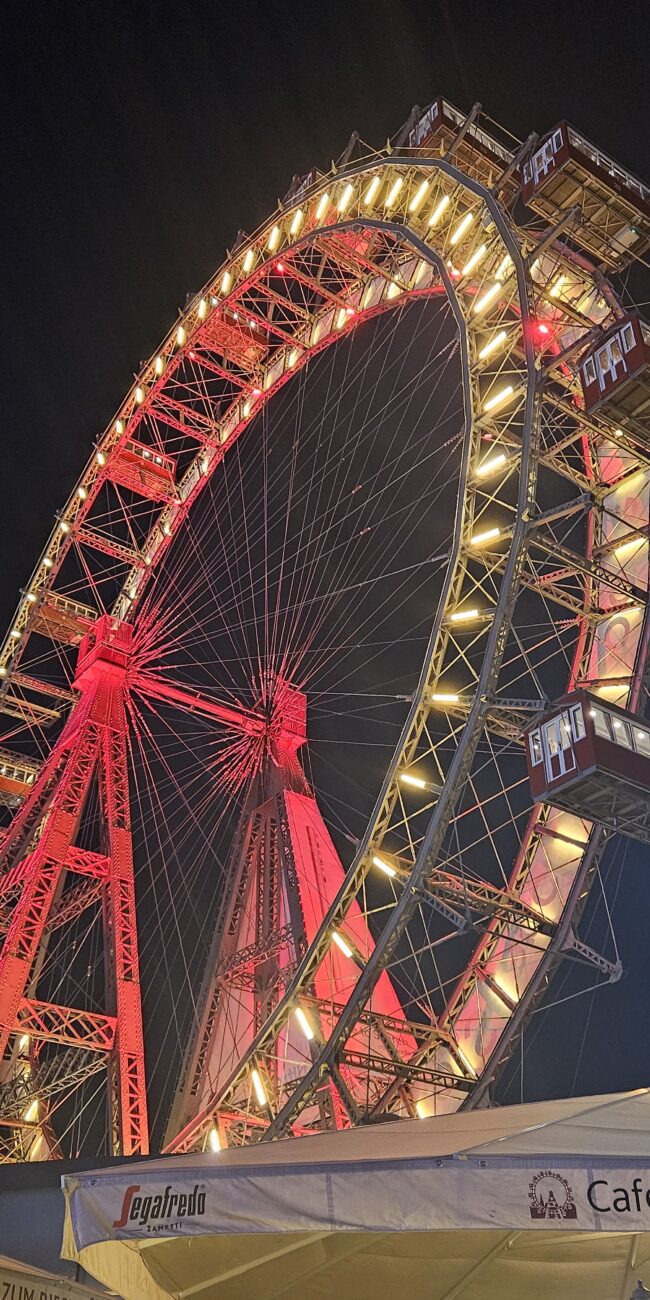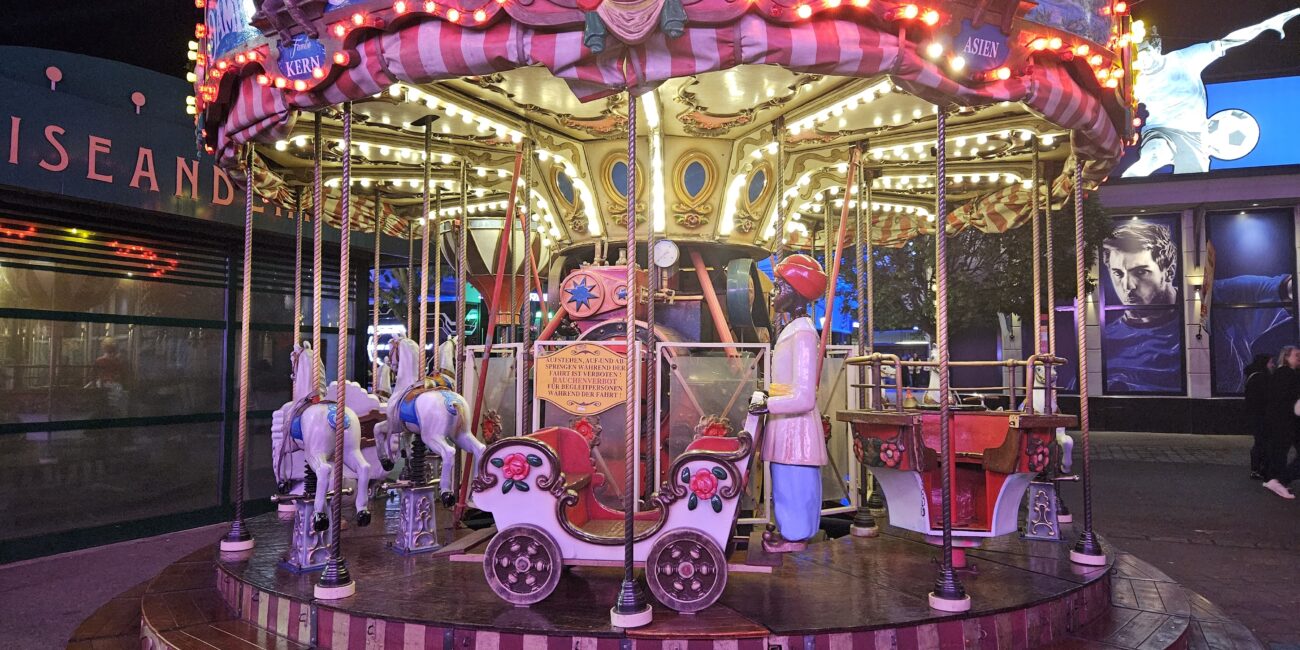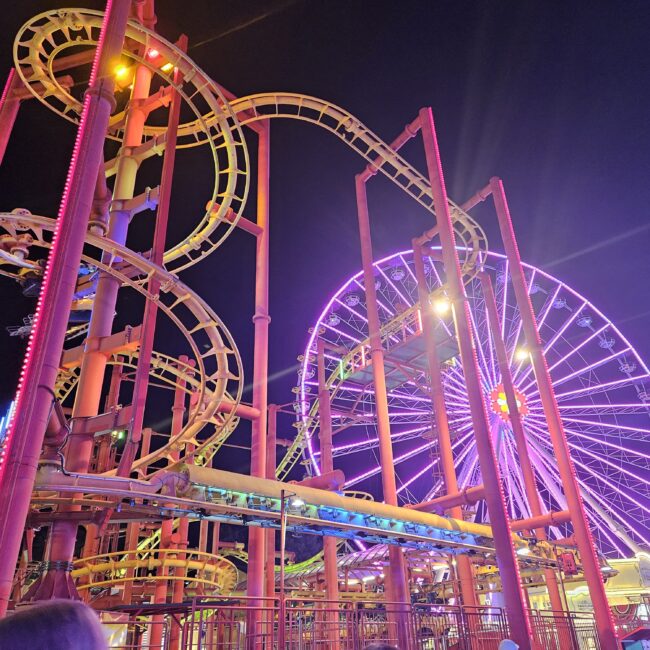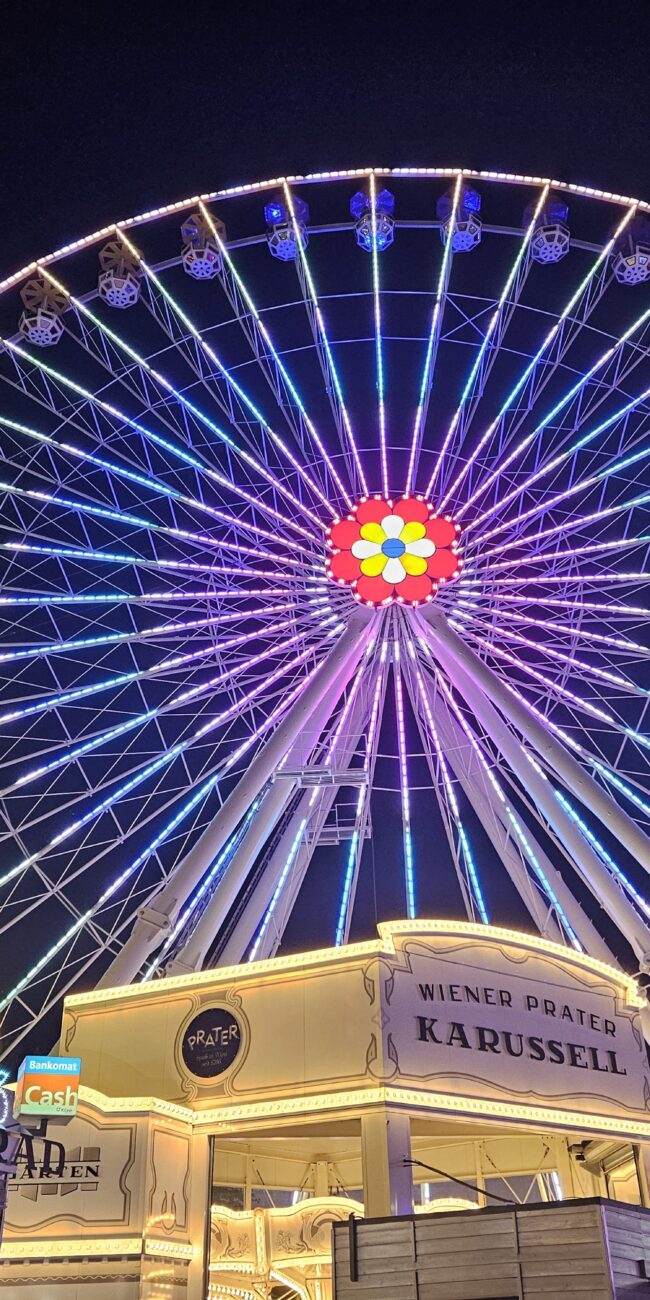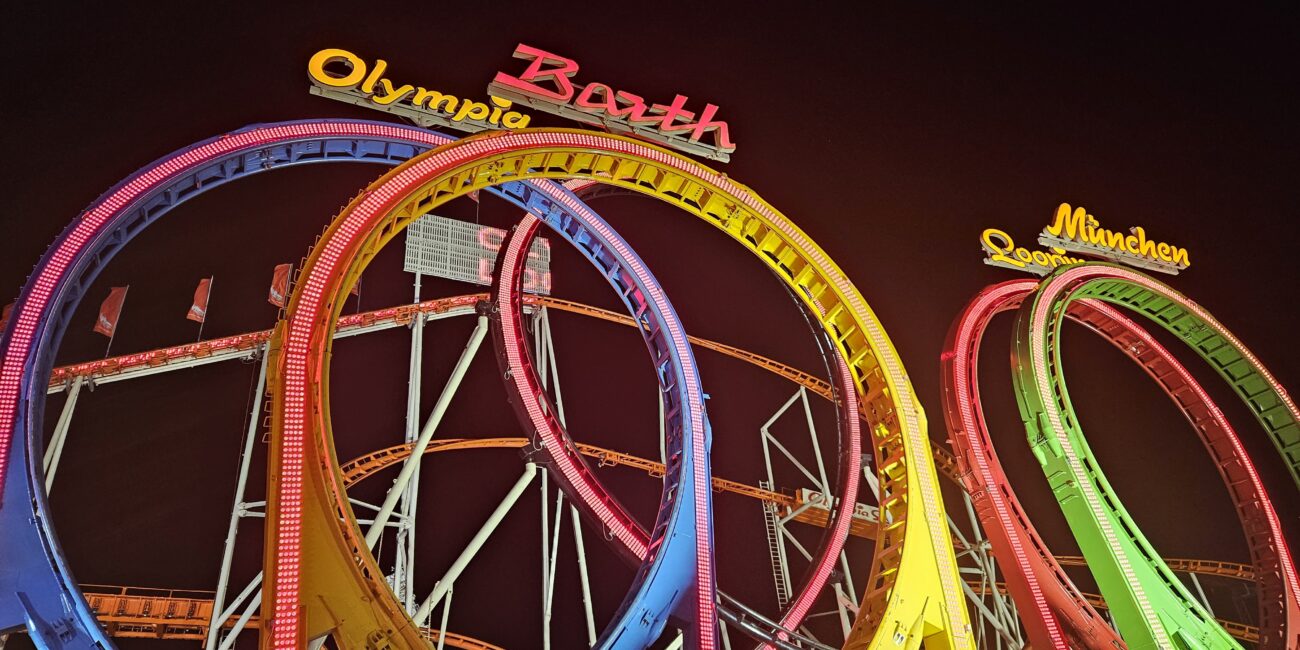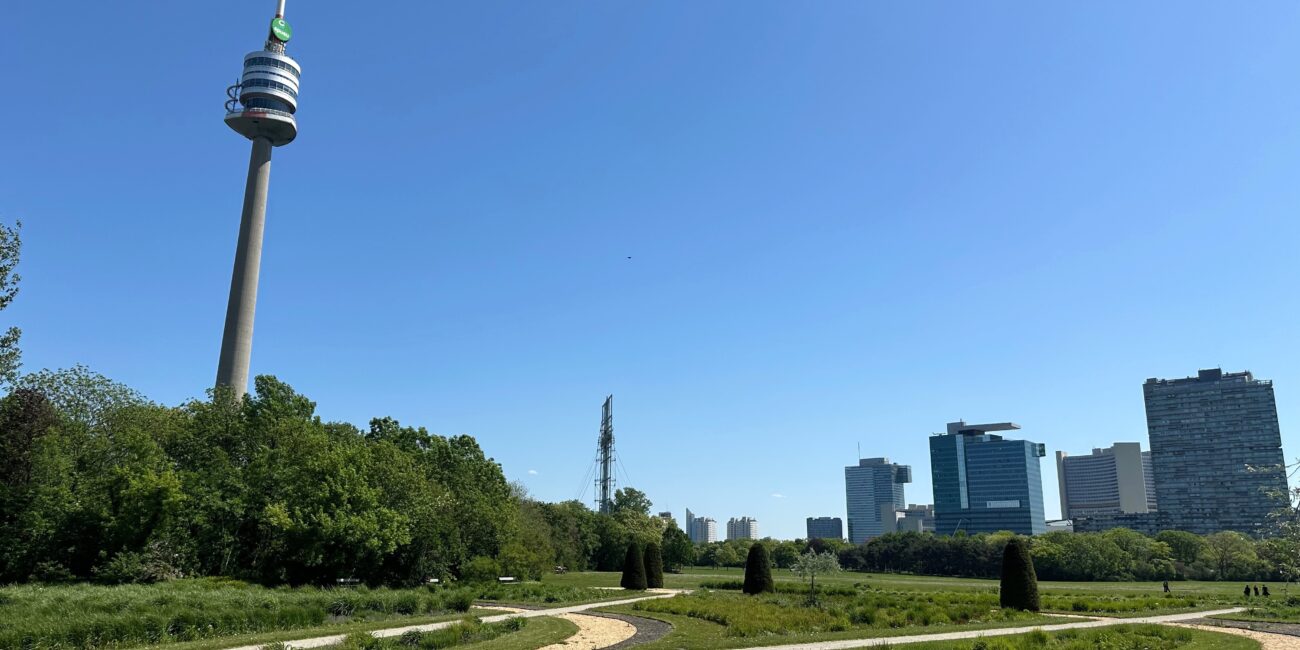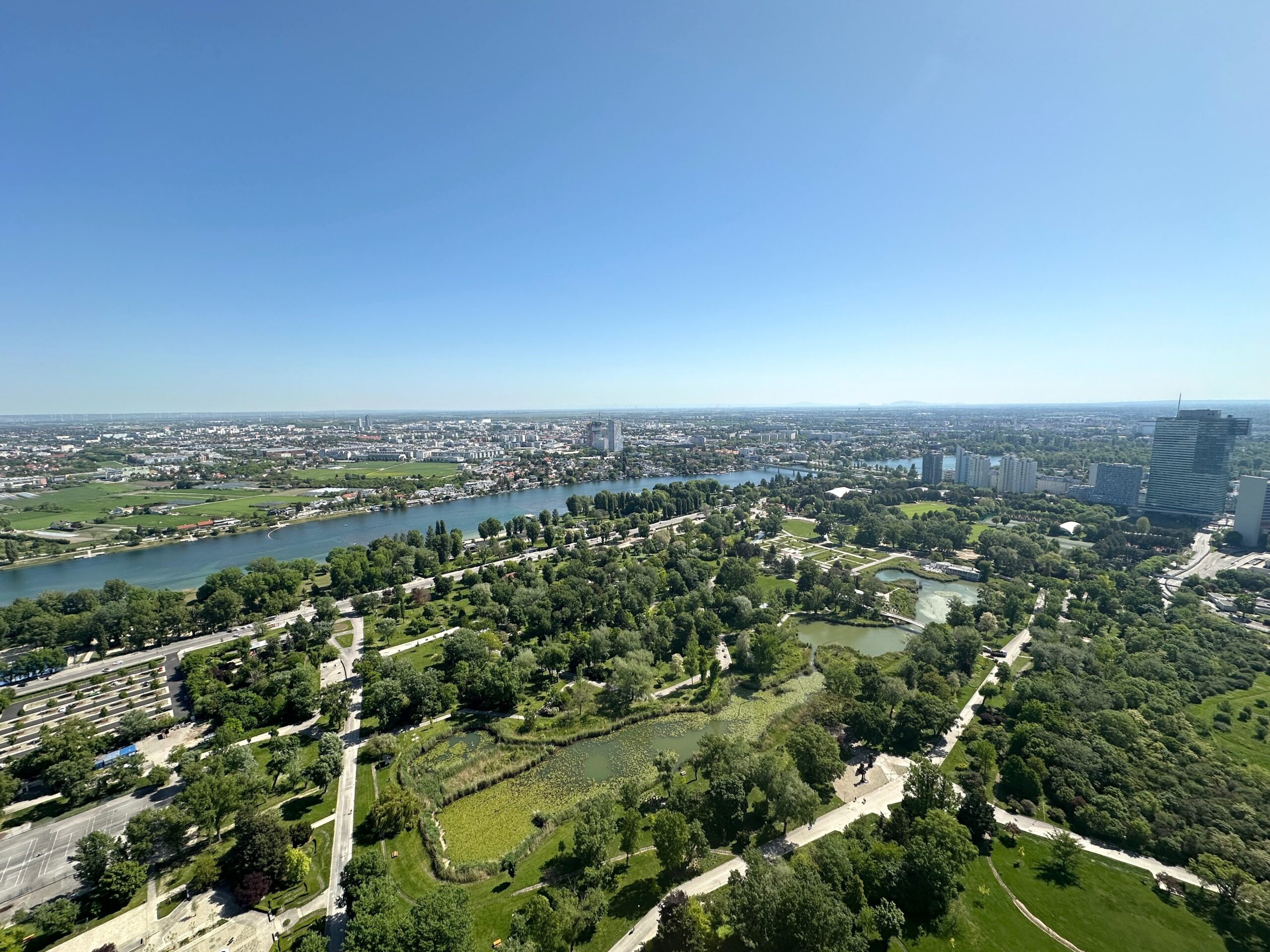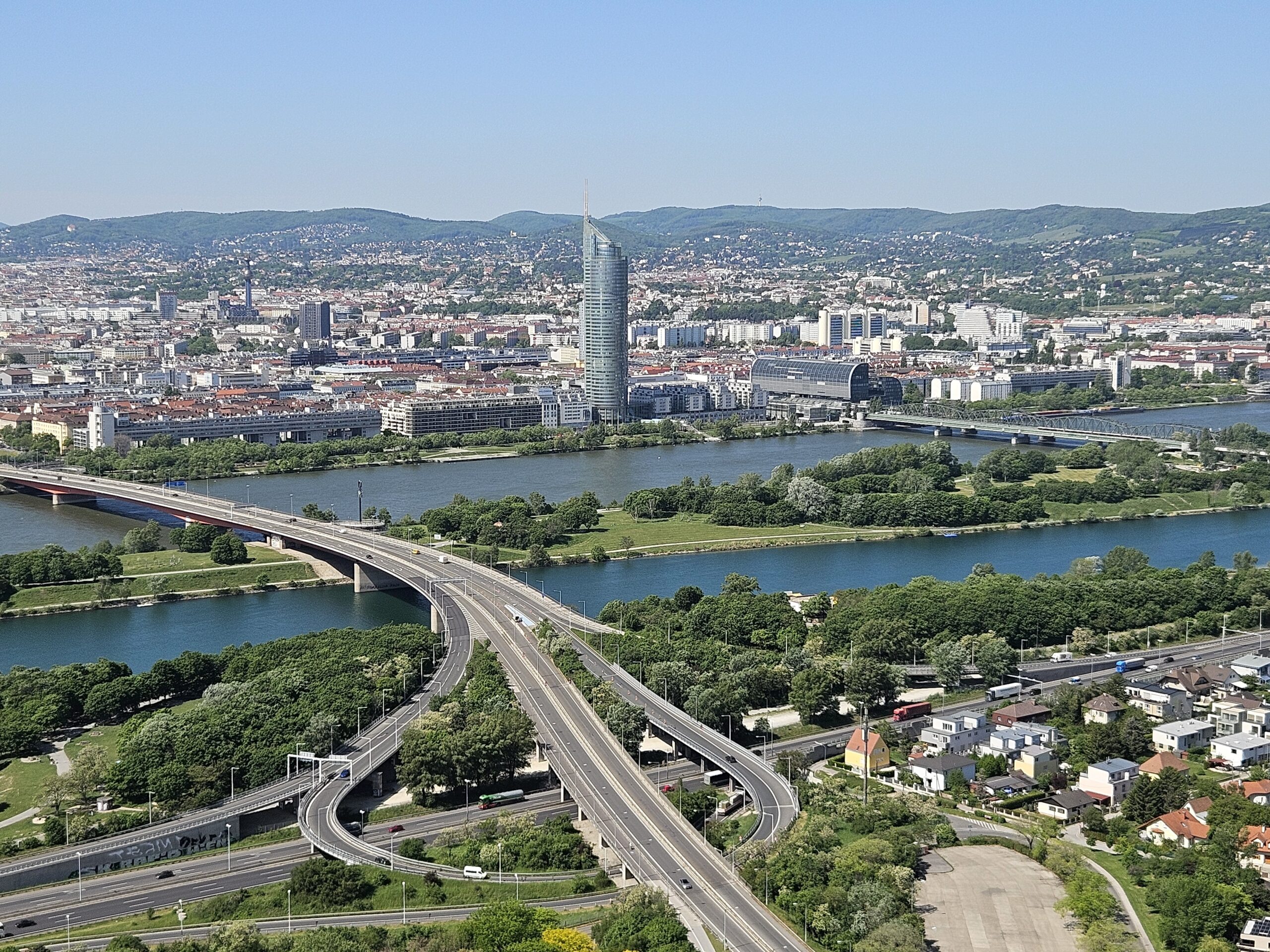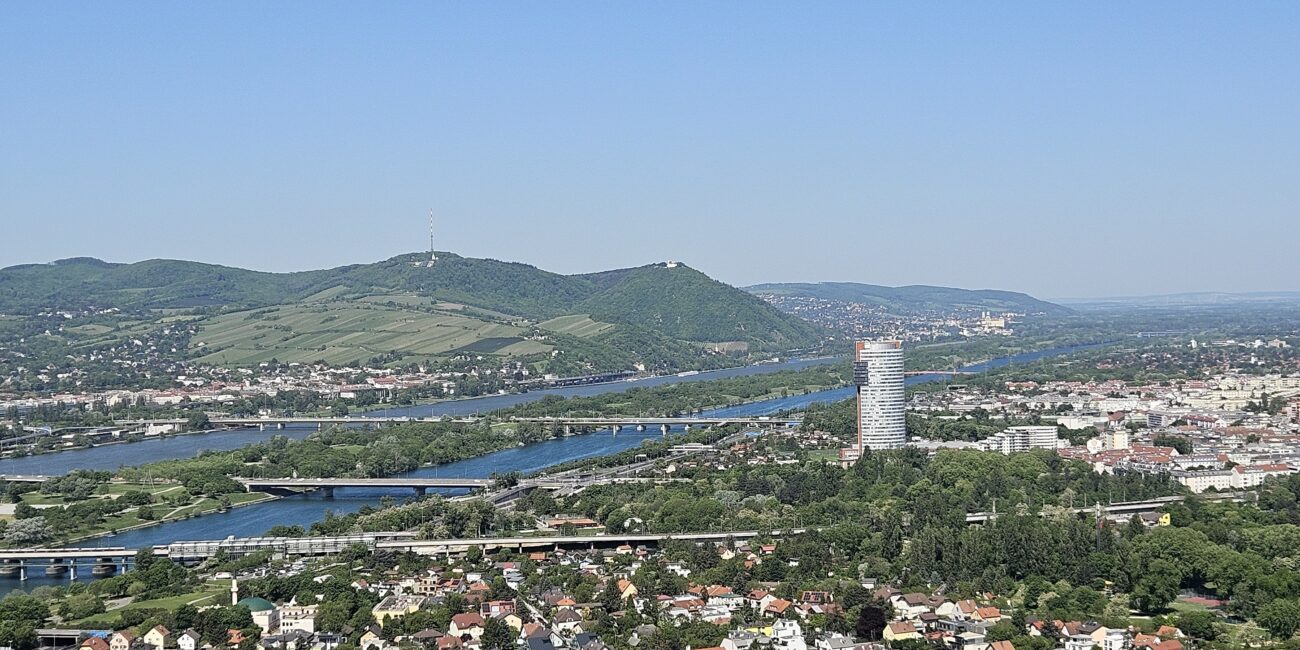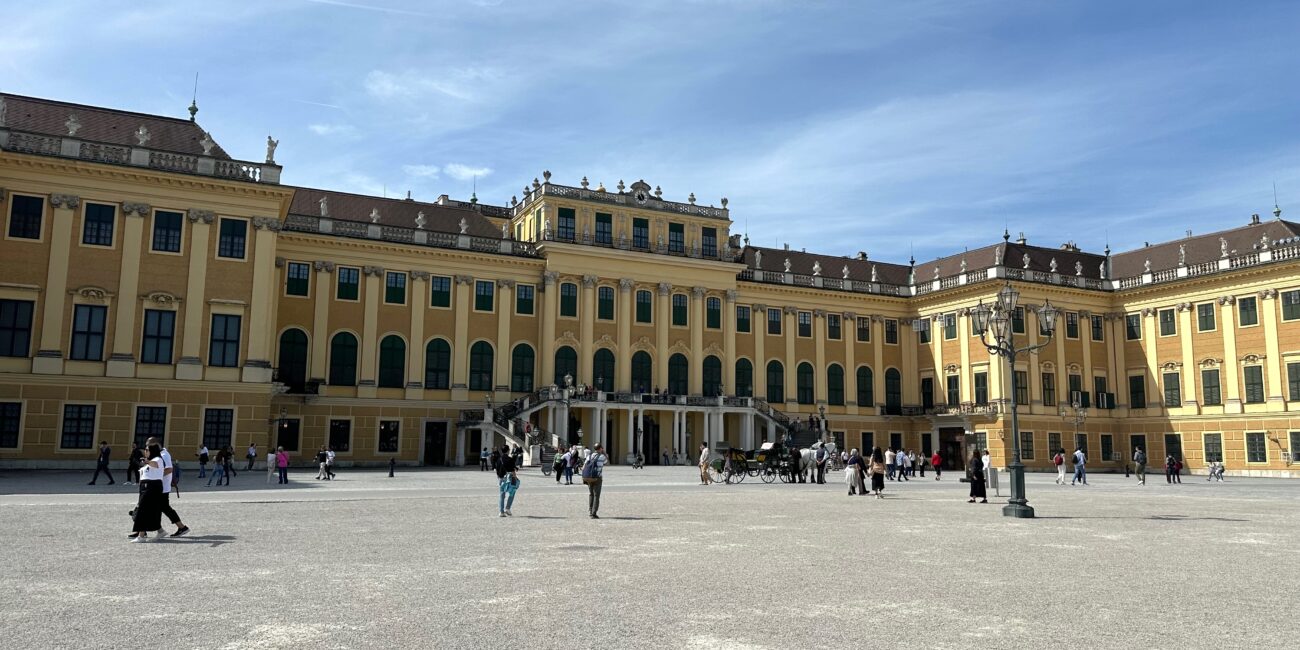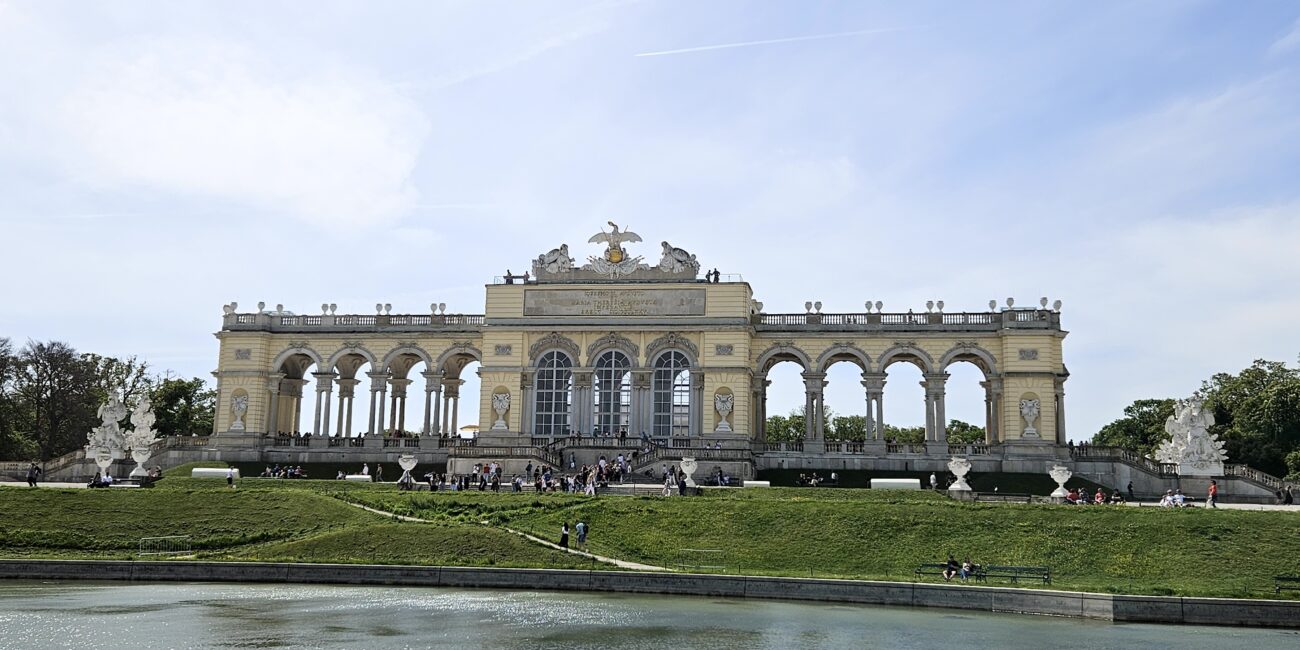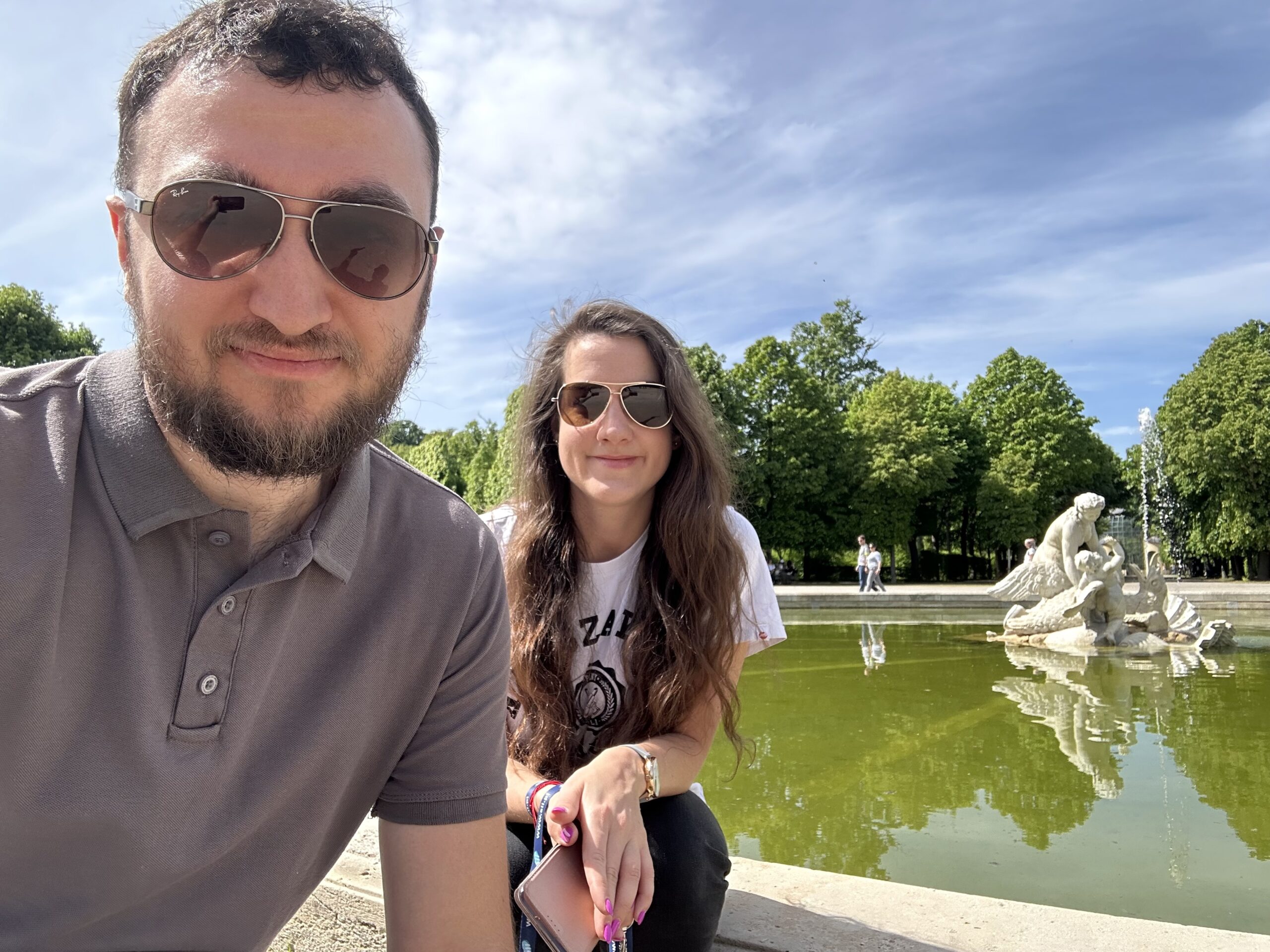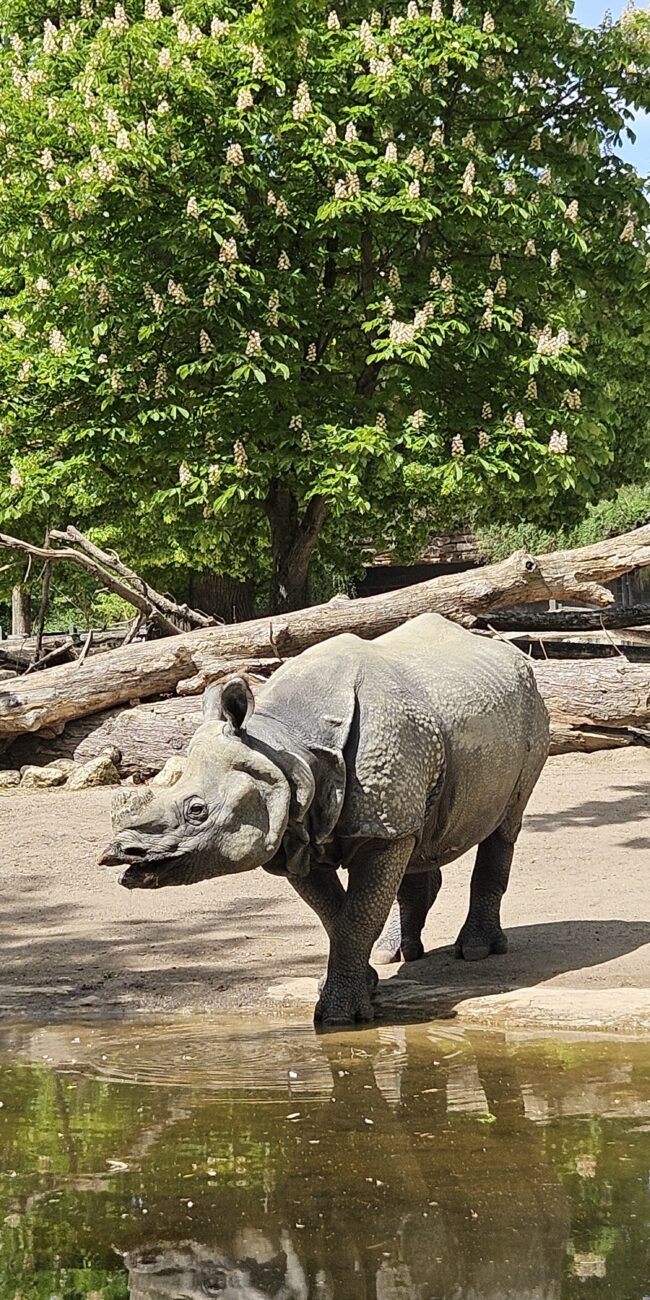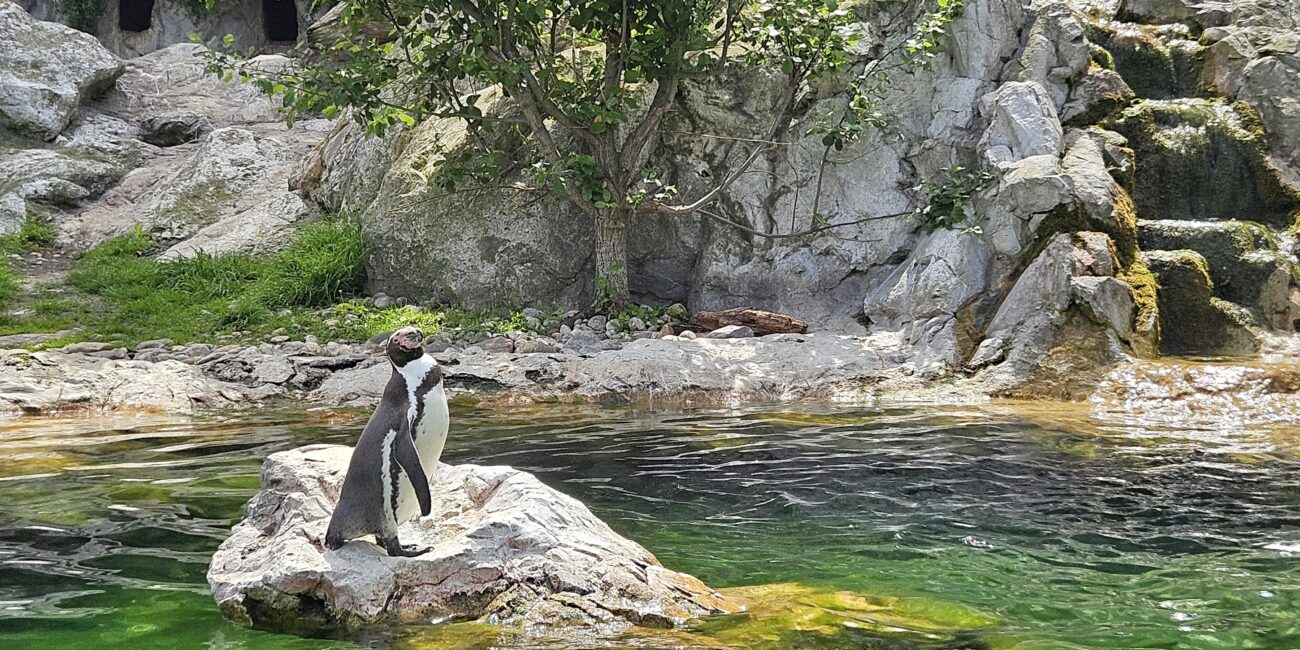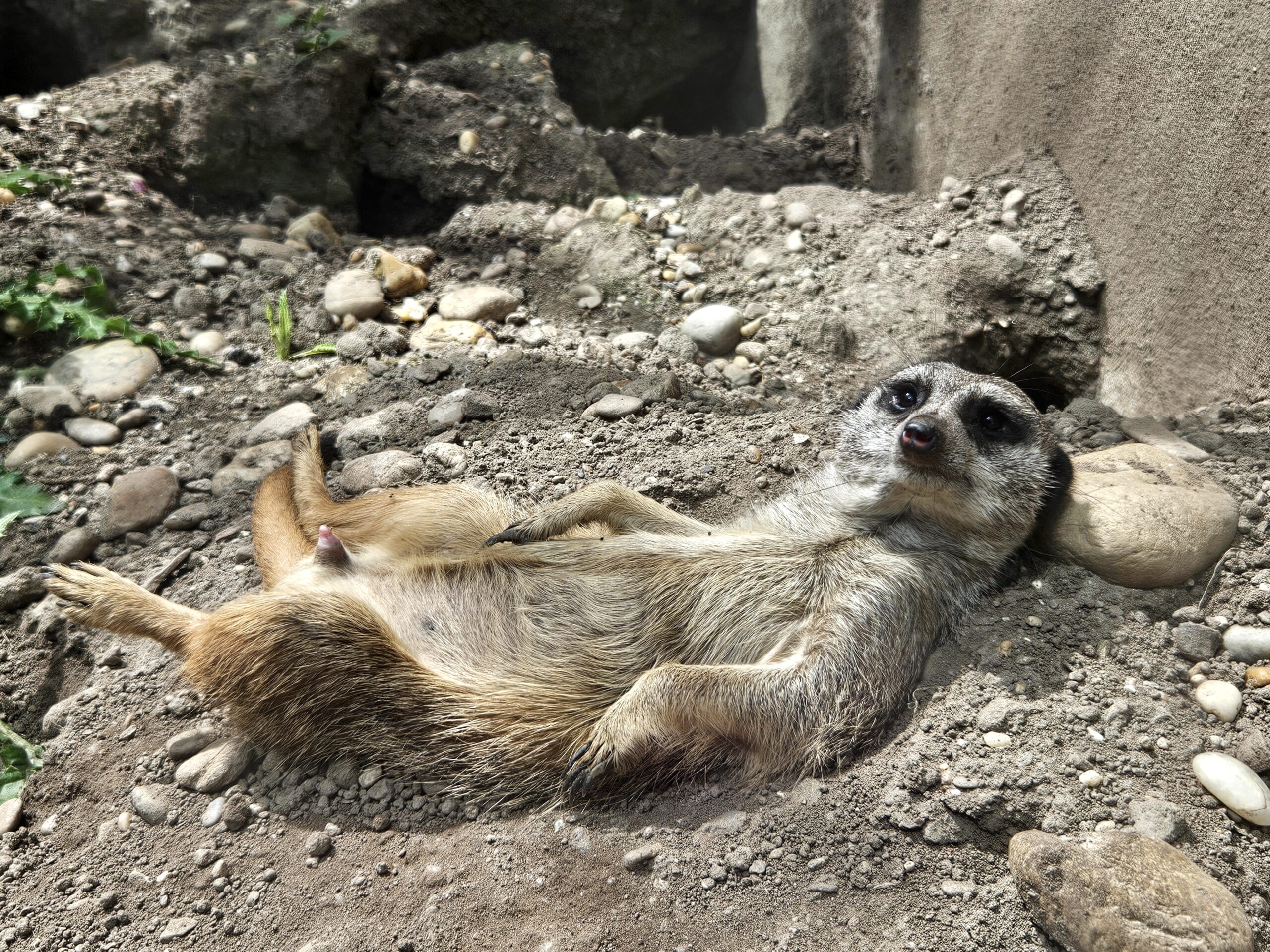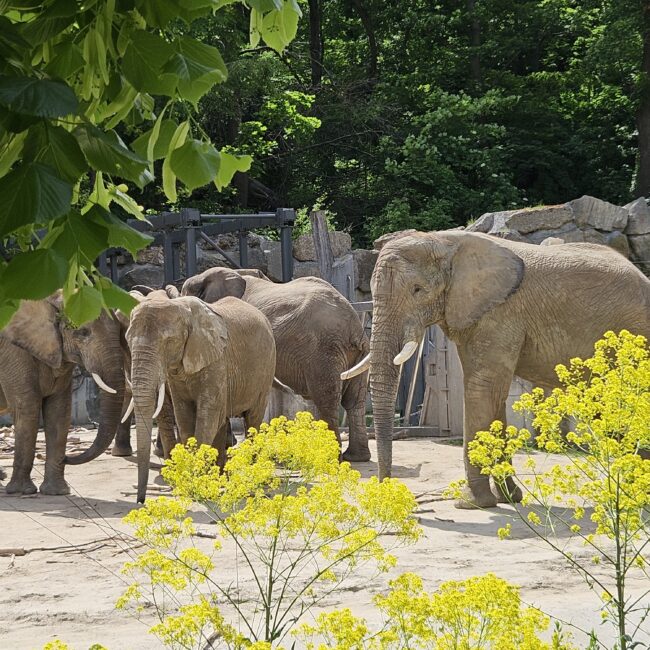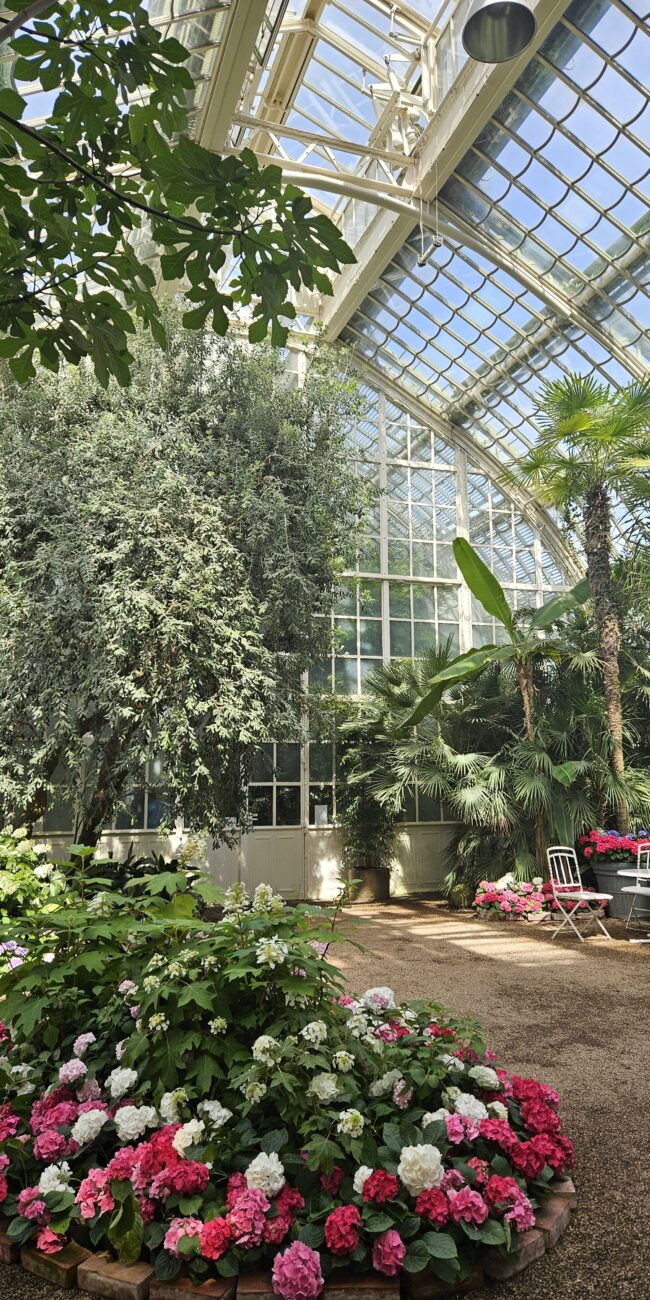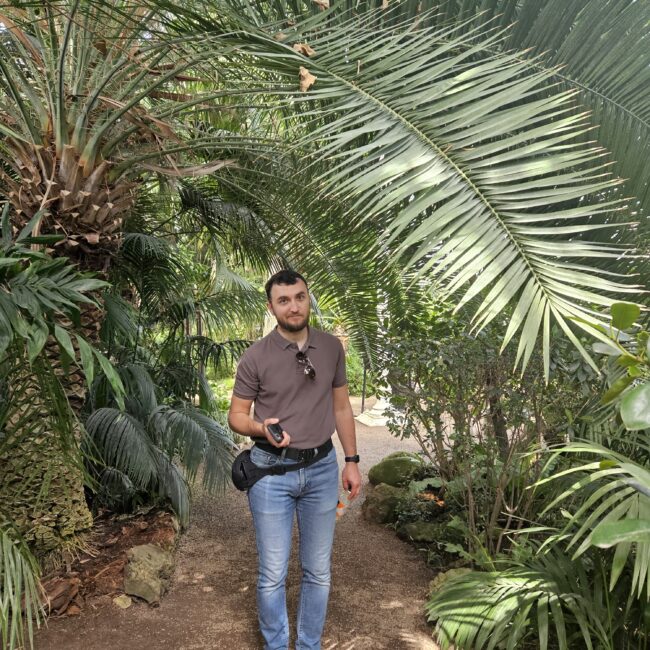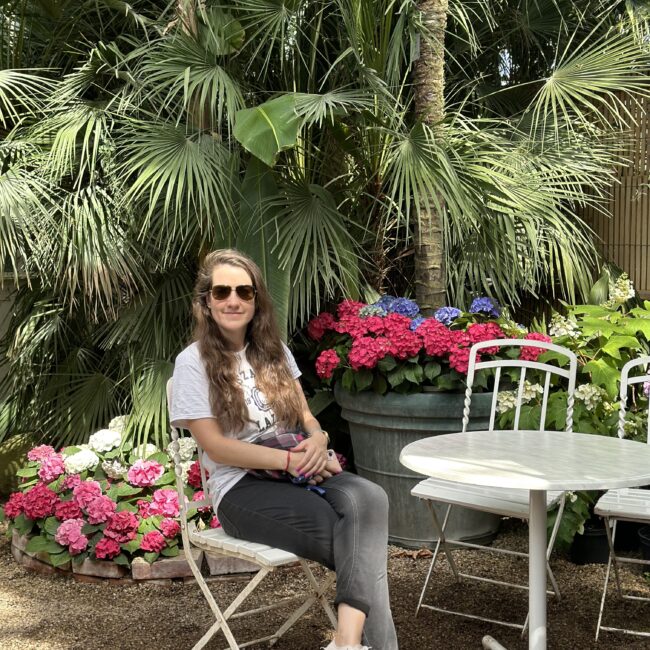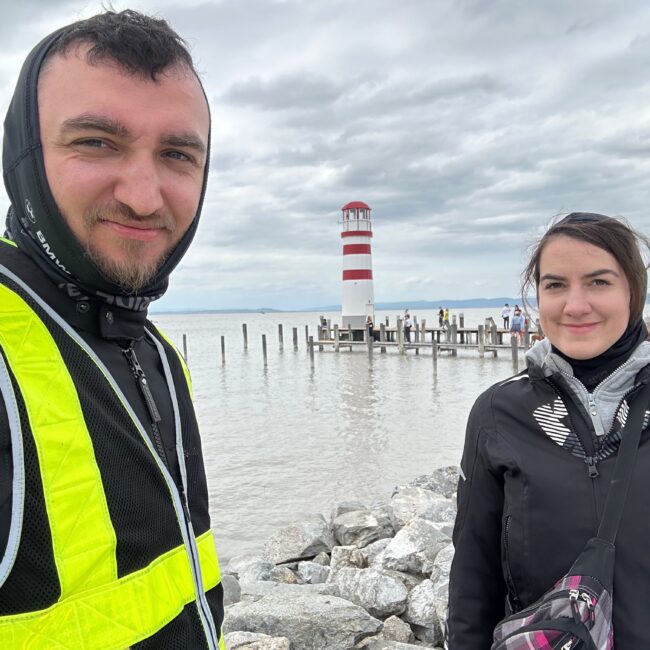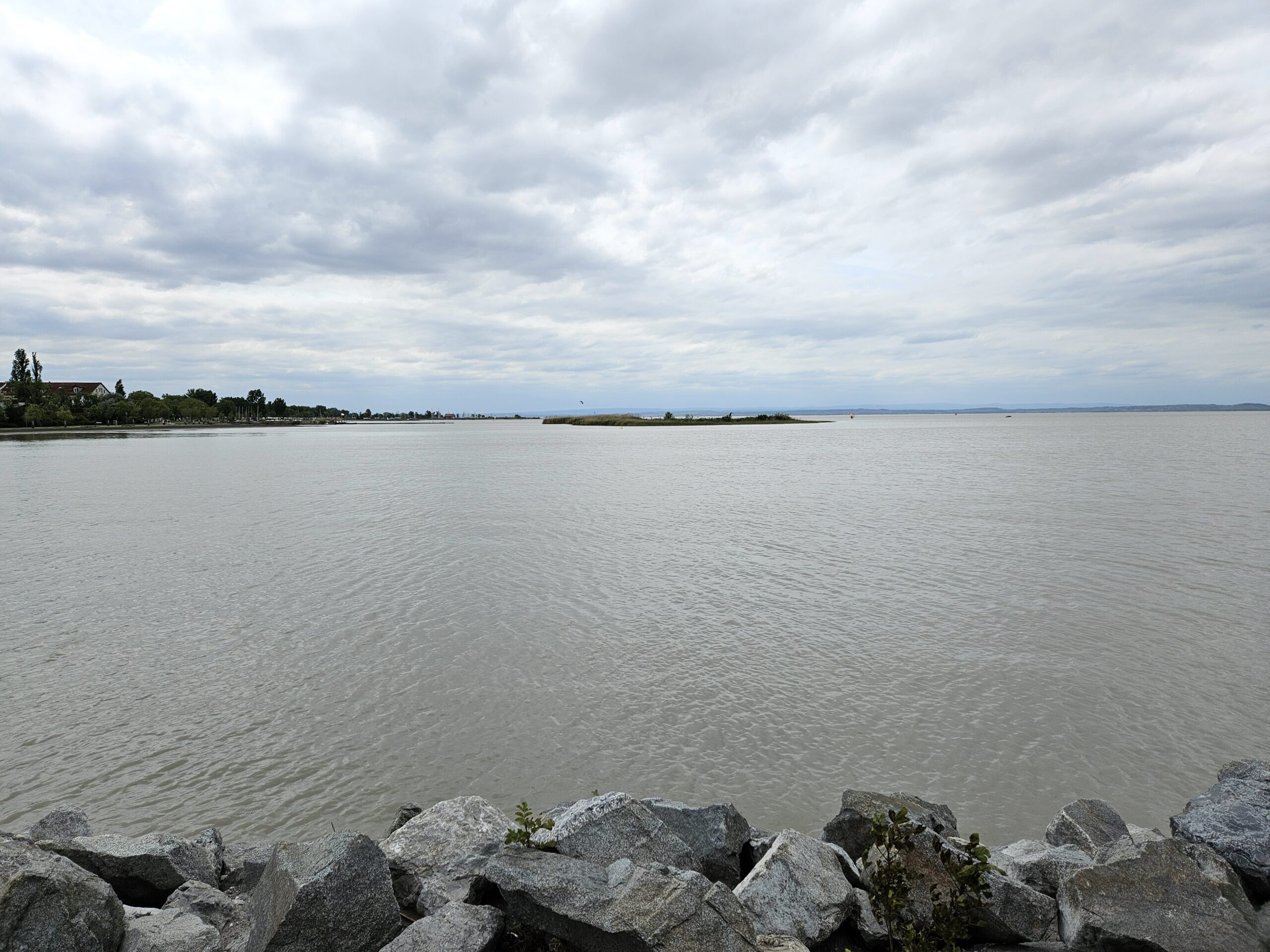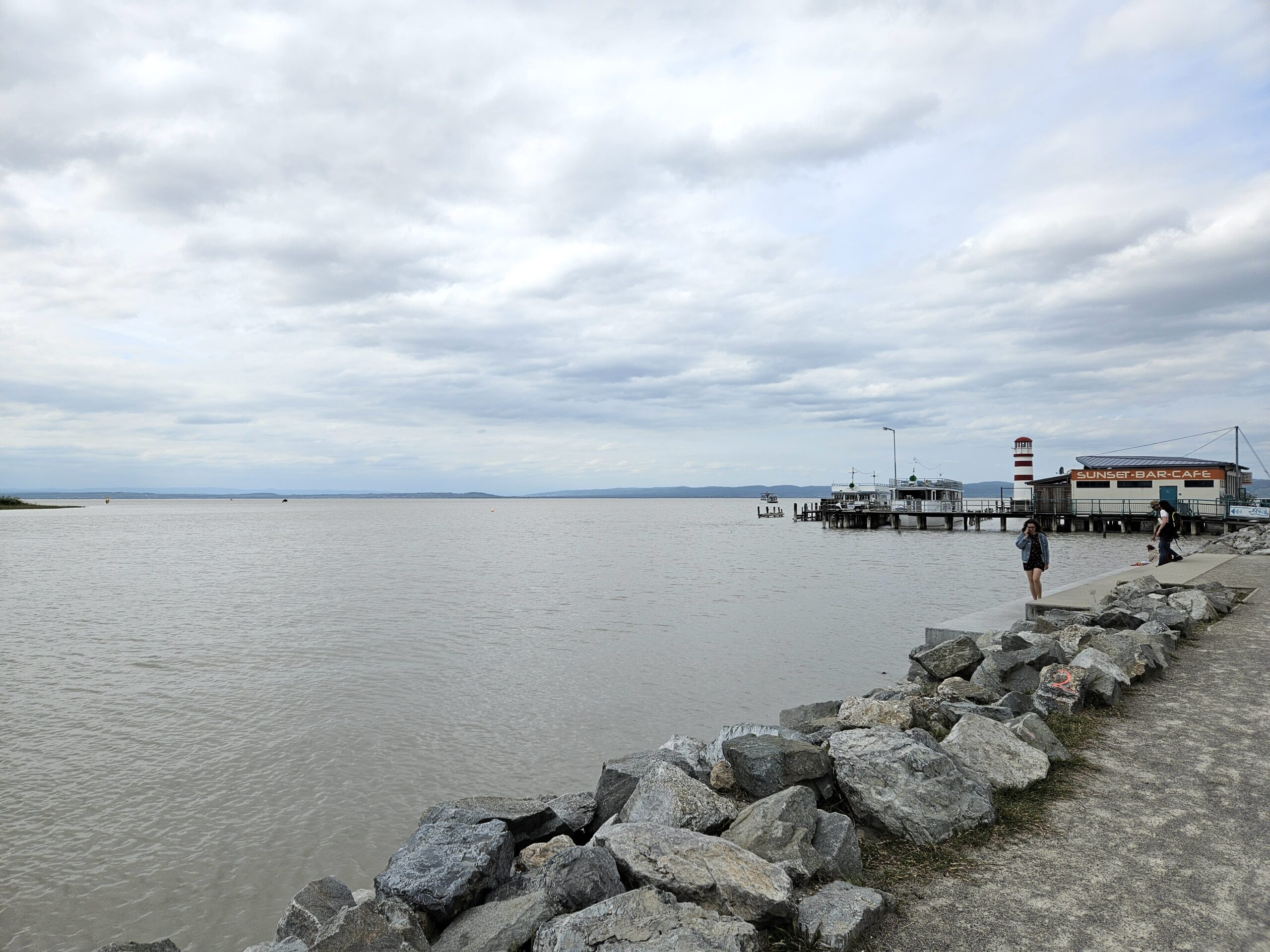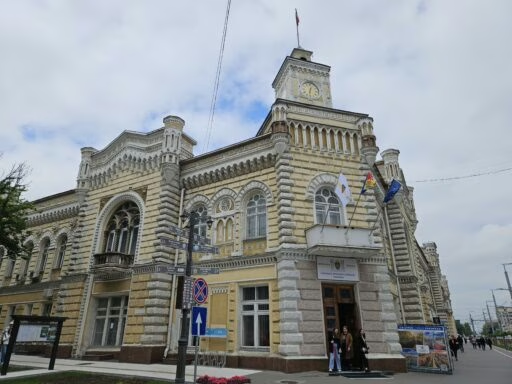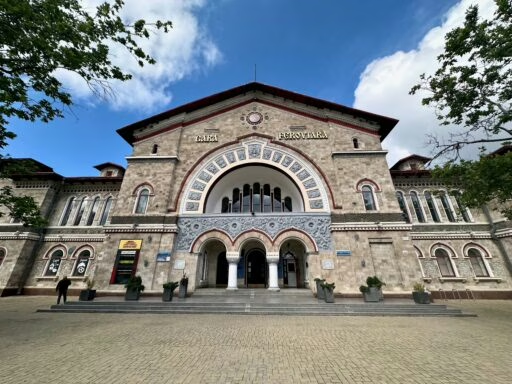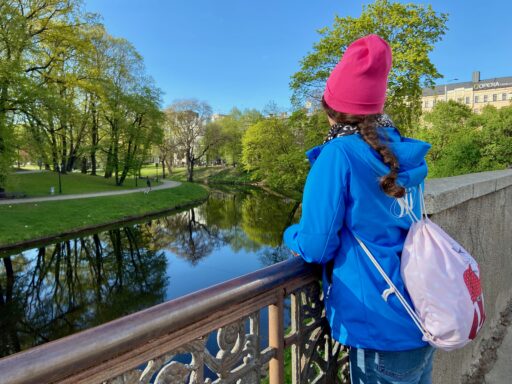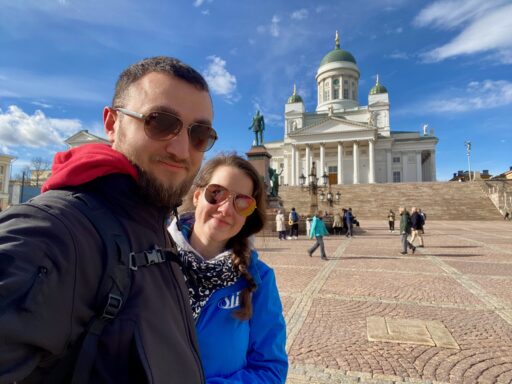This post is also available in:
Polski
Hello! 👋
During our Vienna journey, we discovered places that create the city’s unique atmosphere. We primarily explored historic palaces and famous landmarks that transport you through time and reveal Vienna’s true soul. In this post, we share our impressions and practical tips about must-see attractions in Austria’s capital. This guide will help anyone visiting Vienna to discover its most fascinating corners and appreciate the city’s extraordinary ambiance.
Want to know more about planning our spring break in Vienna? Read our previous post to discover how we started our Austrian adventure!
Plague Column
ger.: Wiener Pestsäule
The Plague Column (Pestsäule) on Graben Street is a must-see landmark that offers insight into Vienna’s history and its people. It commemorates the dramatic events of the 17th century when the city battled the plague epidemic. Commissioned by Emperor Leopold I, the monument expresses gratitude for Vienna’s salvation and stands as an impressive example of Baroque craftsmanship.
The column, adorned with intricate details, captivates both tourists and locals alike. The scene depicting the Holy Trinity and the praying emperor particularly symbolizes faith and hope. While walking along Graben, it’s impossible to remain indifferent to its presence. Our observation: currently, the Plague Column is wrapped in metal mesh, likely for bird protection. Unfortunately, this makes the monument look rather odd, and the effect is not aesthetically pleasing, both in photographs and when viewing it in person.
👉 Explore Vienna with GetYourGuide! 🏰 Book tickets and discover the city’s best attractions – from majestic palaces to atmospheric concerts. Click here to experience Vienna without the queues!
St. Stephen’s Cathedral in Vienna
ger.: Domkirche St. Stephan
St. Stephen’s Cathedral (Stephansdom) is one of Vienna’s most precious monuments and a historic and spiritual symbol of the city. Located on Stephansplatz, it serves both as a place of worship and an example of Gothic architecture. Its history dates back to the 12th century when the first Romanesque version of the building was constructed. Over time, through successive renovations until the 15th century, the cathedral took on its current Gothic appearance.
One of the most distinctive features of the cathedral is the southern tower, known as “Steffl”, which stands at 136 meters and offers an unparalleled view of Vienna. Additionally, the roof, covered in colorful tiles, displays patterns of the city’s and Austria’s coats of arms, making it easily recognizable. Inside the cathedral, visitors can admire an array of intricate details, including Gothic sculptures, Baroque altars, and the Chapel of St. Barbara, where every part of the interior reflects the development of sacred art in Austria.
👉 For more information, visit the official website – click here.
Austrian National Library
ger.: Prunksaal der Österreichischen Nationalbibliothek
The Austrian National Library, located in Vienna’s Hofburg Palace, is a true cultural and knowledge treasure and one of Austria’s most important historical sites. Founded in the 14th century, the library currently holds over 12 million objects, including manuscripts, rare books, maps, and photographs that chronicle the history of Europe and the world. Additionally, its main attraction is the Baroque State Hall, considered one of the most beautiful libraries in the world.
The State Hall captures attention with its richly decorated frescoes, sculptures, and monumental shelves filled with historic books. Particularly noteworthy is the collection of 200,000 volumes from the private Habsburg archives, a valuable part of the library’s holdings. Today, the hall serves a dual purpose: as a historical landmark of immense cultural value and as a research center, offering its collections to both scholars and visitors eager to explore its impressive architecture and deepen their knowledge.
Thanks to purchasing tickets online, we quickly avoided standing in line. Paying by card allowed us to receive tickets directly via email, making it easy to start our tour right away and enjoy the convenience and time saved.
👉 For more information, visit the official website – click here.
Hofburg
Hofburg is a majestic palace complex in the heart of Vienna that served as the residence of the Habsburg dynasty for centuries. Expanded since the 13th century, it has grown into one of the largest and most impressive royal residences in Europe. Today, Hofburg serves as the official residence of Austria’s president and offers numerous attractions for visitors, from grand halls and historic museums to exhibitions showcasing the rich heritage of Austria and the Habsburgs.
The Hofburg complex includes numerous buildings and museums, such as the Imperial Apartments, where visitors can see how Empress Elisabeth, known as Sisi, and Emperor Franz Joseph lived. Additionally, the Sisi Museum offers a deep dive into the fascinating life of this Austrian icon, showcasing personal items, historical documents, and artwork related to her legacy. Another highlight is the Imperial Treasury, where visitors can marvel at the Habsburgs’ crown jewels and symbols of power, including legendary crowns and relics with immense historical significance. This grand collection reflects Austria’s royal heritage and the opulent lifestyle of one of Europe’s most influential dynasties.
Mozart Memorial in Vienna
ger.: Mozartdenkmal
The Mozart Monument in Vienna, located in the picturesque Burggarten right next to the Hofburg, is one of the most renowned sites dedicated to Wolfgang Amadeus Mozart. The statue depicts Mozart in an elegant pose, standing on a tall pedestal, symbolizing his timeless influence on classical music.
The monument’s unique character is further enhanced by the surrounding flowerbed, arranged in the shape of a treble clef, adding charm and drawing the attention of visitors. Unveiled in 1896, the monument is the work of sculptor Viktor Tilgner, who captured Mozart’s elegance and dignity, imbuing the statue with an air of calm and reverence. Since its unveiling, the monument has become a beloved site for music enthusiasts and tourists from around the world, paying tribute to Mozart’s lasting impact.
Maria Theresa Square
ger.: Maria-Theresien-Platz
Maria-Theresien-Platz is an impressive square in Vienna, located between two monumental buildings—the Museum of Art History and the Museum of Natural History. Designed to honor Empress Maria Theresa, one of Austria’s most influential historical figures, the square serves as both a cultural space and a symbolic landmark of the city. At the center of the square stands a grand monument of Maria Theresa seated on her throne, surrounded by sculptures depicting her advisors and notable figures from her era, symbolizing the strength and wisdom of the empress. This square highlights the historical legacy of Vienna and remains a popular destination for visitors and locals alike.
The surrounding buildings enhance the significance of Maria-Theresien-Platz, offering visitors a unique opportunity to admire the architecture while immersing themselves in Vienna’s rich history and culture. These impressive structures, the Museum of Art History and the Museum of Natural History, provide a perfect backdrop to the square, reinforcing its status as a central cultural and historical landmark in the city.
Ankeruhr Clock
The Anker Clock, located in Vienna’s Hoher Markt square, is a remarkable example of Art Nouveau design and one of the city’s most iconic clocks. Designed by Franz von Matsch, it was completed in 1914 as part of the Anker Insurance Company building. The clock not only tells the time but also serves as a moving monument to Vienna’s history.
Clock consists of a large, decorative dial and a platform along which twelve figures, each representing a significant personality from Austrian history, glide throughout the day. At noon, the clock plays a melody, and each figure, such as Empress Maria Theresa or Emperor Maximilian I, appears briefly to mark their place in Austria’s history. The entire mechanism is intricately adorned, embodying the distinctive style of Viennese Art Nouveau. This artistry and historical symbolism make the Anker Clock a unique attraction, combining functionality with cultural heritage.
👉 Explore Vienna on your own terms with GetYourGuide! 🕍 Choose from a wide range of tours and activities that let you discover the city anew—from historic landmarks to authentic local flavors. Click here to start your Viennese adventure!
Schwarzenberg Square
Schwarzenbergplatz is a popular square in Vienna, located at the border between the city’s first and third districts. It is known for its impressive Hochstrahlbrunnen fountain and the statue of Field Marshal Karl Schwarzenberg, a hero of the Napoleonic Wars. The square serves not only as a meeting place but also holds symbolic historical significance, making it an excellent spot for relaxation amidst city greenery.
Schwarzenbergplatz is also home to the Soviet War Memorial, which commemorates the soldiers who fell during the liberation of Vienna in 1945. The square is well-connected by tram lines, making it easily accessible from various parts of the city. Additionally, nearby amenities like a McDonald’s and several other restaurants add to its appeal, making it a convenient spot for both tourists and locals to relax, dine, or meet up while exploring Vienna.
Parking around Schwarzenbergplatz can be challenging – especially for cars. Finding a spot often requires some searching on side streets, where motorcycles have a distinct advantage, as they can fit into smaller spaces that might be difficult for larger vehicles. This flexibility makes it easier for motorcyclists to park without the extensive search that cars often require in the area.
Soviet War Memorial
ger.: Denkmal zu Ehren der Soldaten der Sowjetarmee
The Soviet War Memorial on Vienna’s Schwarzenbergplatz is a significant post-war memorial in Austria. Erected in 1945 by Soviet authorities, it commemorates the soldiers of the Red Army who fell during the liberation of Vienna from Nazi occupation. The central feature of the monument is a column topped with a statue of a Soviet soldier holding a flag, set against a semi-circular structure engraved with Russian inscriptions. This impressive design is not only a memorial to the sacrifices of the past but also a reminder of Austria’s complex post-war history.
Interestingly, the Soviet War Memorial, surrounded by a row of columns and bearing the inscription, “Eternal glory to the heroes of the Red Army who fell in the struggle to liberate humanity from the yoke of fascism,” has sparked mixed emotions over the years. Particularly in the context of Austria’s relations with the USSR and later Russia, the monument has often been a point of contention. During our visit in May 2024, we observed a Ukrainian flag painted behind the memorial—a clear gesture of solidarity with Ukraine. This addition reflects a shifting perspective on the monument and its symbolism, adapting to current events and evolving international sentiments.
St. Charles Church in Vienna
ger.: Karlskirche
The Church of St. Charles Borromeo, also known as Karlskirche, is one of Vienna’s most significant examples of Baroque sacred architecture. Located on Karlsplatz, it immediately draws attention with its impressive structure. Interestingly, construction began in the 18th century by order of Emperor Charles VI, who commissioned it as a gesture of gratitude for the end of the plague that had devastated the city. The church’s striking design, featuring a grand dome and intricate details, has made it a key landmark in Vienna.
The church was dedicated to St. Charles Borromeo, the patron saint of the sick, giving it a unique spiritual significance. Additionally, its distinctive facade, adorned with columns inspired by classical architectural motifs, emphasizes its connection to ancient styles. The central dome, which towers over the square, makes Karlskirche one of Vienna’s most recognizable landmarks today. This combination of spiritual and architectural elements has solidified its status as an iconic symbol of Baroque grandeur in the city.
👉 For more information, visit the official website – click here.
St. Joseph’s Church on Kahlenberg
ger.: Katholische Kirche St. Josef auf dem Kahlenberg
The Church of St. Joseph on Kahlenberg holds a unique historical and spiritual significance for both Poland and Austria. Situated on the Kahlenberg hill, it offers scenic views of Vienna, which adds to the importance of this site. Notably, it was here in 1683 that the Polish King Jan III Sobieski prepared his troops for the Battle of Vienna against the Ottoman Empire—a battle that would end in a victorious relief of the city. This victory was pivotal in European history, marking a turning point in the Ottoman-European conflicts and reinforcing Kahlenberg’s legacy as a symbol of Polish-Austrian cooperation and resilience.
Dedicated to St. Joseph, the church today plays a significant role in pastoral care for the Polish community in Austria. Inside, visitors will find numerous historical mementos, including plaques commemorating Jan III Sobieski and the Polish troops who fought in the battle. Each year, the church attracts many Poles as it symbolizes a shared heritage and the enduring fight for freedom. The site serves as both a place of worship and a historical reminder of the close Polish-Austrian ties formed through shared struggles and victories.
The Church of St. Joseph is easily accessible by public transport. The 38A bus, departing from Heiligenstadt, goes directly to Kahlenberg, where there’s a convenient stop close to the church. However, we chose to travel by motorcycle, which turned out to be an excellent decision. A spacious parking area on-site makes finding a spot hassle-free. The winding road leading up to Kahlenberg adds excitement to the ride, making it a particularly enjoyable route for motorcyclists.
👉 For more information, visit the official website – click here.
Belvedere in Vienna
ger.: Schloss Belvedere
The Belvedere in Vienna, also known as the Belvedere Palace, is one of the most significant examples of Baroque architecture in Europe. The entire complex consists of the Upper and Lower Belvedere, connected by French-style gardens that enhance its distinctive character. Built in the early 18th century as a summer residence for Prince Eugene of Savoy, a renowned military commander of his time, the palace reflects both the architectural grandeur of the Baroque era and the luxurious lifestyle of the nobility. The gardens, with their symmetrical layout, fountains, and sculptures, provide a scenic transition between the two palaces, offering visitors a picturesque view that complements the historical importance of this landmark.
Belvedere now functions as a museum where visitors can view one of Austria’s most important art collections, making it a popular spot for both history and art lovers. With its rich history and unique collections, Belvedere has become a key landmark on Vienna’s cultural map.
👉 For more information, visit the official website – click here.
St. Marx Cemetery and the Wolfgang Amadeus Mozart Grave
ger.: Sankt Marxer Friedhof, Mozartgrab
St. Marx Cemetery in Vienna, established in 1784 by order of Emperor Joseph II, is one of the city’s oldest burial grounds. Known primarily as the resting place of Wolfgang Amadeus Mozart, it attracts both tourists and history enthusiasts. Mozart, who passed away in 1791, was buried in a modest grave—a practice in line with regulations of the time, which prohibited elaborate gravestones. Only many years later was a memorial erected at his symbolic grave site, serving as a tribute to the composer’s legacy.
Hundertwasser House
ger.: Hundertwasserhaus
The Hundertwasser House in Vienna, designed by Friedensreich Hundertwasser, is a unique building in the Landstraße district that stands out for its distinctive aesthetics. Notably, it features a colorful façade, irregularly placed windows, and green roofs with lush vegetation. Inside, each apartment is individually designed, with wavy floors and unique colors, following Hundertwasser’s philosophy that nature avoids straight lines.
It’s also worth visiting the nearby Hundertwasser Village, which features exhibitions related to his work and a souvenir shop.
👉 Start exploring Vienna with GetYourGuide! ️🎟️ Book tickets for unique attractions and enjoy skip-the-line entry. Check available options and choose what best fits your plans!
Wiener Prater
The Wiener Prater is a vast amusement park and recreational area in Vienna, best known for its historic Ferris wheel, the Riesenrad. Originally hunting grounds for the Habsburgs, the Prater was opened to the public by Emperor Joseph II in 1766 as a space for relaxation. Today, it’s a popular spot for both tourists and locals, offering a wide range of attractions—from an amusement park with roller coasters and carousels to numerous walking trails, bike paths, and picnic areas.
The Riesenrad, built in 1897, is a symbol of Vienna. It offers views of the city from a height of 65 meters and is a must-see for many visitors. The Prater also features numerous restaurants, food stalls, and seasonal attractions, including Christmas markets and summer festivals.
👉 For more information, visit the official website – click here.
Donauturm
The Donauturm is a 252-meter observation tower in Vienna, making it Austria’s tallest structure. It stands in the picturesque Donaupark, located on the banks of the Danube. Built in 1964 for the International Garden Show, it now attracts tourists as a popular viewpoint. From the observation decks and the revolving restaurant at the top, visitors can enjoy a stunning panorama of Vienna and its surroundings, drawing both locals and tourists looking for unique views of the city.
The location is easily accessible by car or motorcycle. There is a paid parking area, but a small section before the barrier offers free parking. We managed to park the motorcycle in the free area, which turned out to be a convenient option. It seems that slightly bypassing the barrier wouldn’t raise any issues.
Donaupark, which surrounds the Donauturm, is a vast green area ideal for walking and relaxing. The park offers spacious lawns, walking paths, and gardens filled with flowers and ornamental plants. There are plenty of picnic spots, as well as small ponds and recreational areas, popular among families and active visitors. A walk through Donaupark provides a peaceful escape into nature, away from the hustle and bustle of the city.
👉 For more information, visit the official website – click here.
Schönbrunn Palace
ger.: Schloss Schönbrunn
Schönbrunn Palace in Vienna is a baroque Habsburg residence, one of Austria’s most visited sites, and a UNESCO World Heritage site. Although we didn’t tour the interior, the palace grounds and vast gardens offer plenty to see. With over 1,400 rooms, the palace served as the imperial summer residence and witnessed numerous historical events. The surrounding gardens, full of charming paths, are perfect for long walks and a moment of relaxation outdoors. We spent half a day there.
In front of the palace, there is a large parking area mainly for cars and buses, but it’s a private lot that doesn’t allow motorcycle parking. However, this wasn’t an issue – we parked legally nearby, at an intersection. Motorcycle parking is free, so we didn’t need to use the private parking lot.
👉 For more information, visit the official website – click here.
👉 Discover Vienna without the crowds! 🎫 Book guided tours for top attractions with GetYourGuide and gain time to explore the city on your terms. Check out the offers and start your adventure today!
Gloriette Schönbrunn
The Gloriette, built on a hill above Schönbrunn Palace, is an elegant structure with a unique history and stunning views. Once used as a ballroom, it now houses a simple café offering panoramic views of the palace gardens and the city. Its terrace is a popular spot to relax, where visitors can enjoy both the tranquility and the expansive view of the entire palace complex. The Gloriette has become a symbol of Austrian architecture and history, retaining its distinctive charm and attracting visitors from around the world.
Schönbrunn Zoo
The world’s oldest zoo, founded in 1752, is one of the main attractions within the Schönbrunn Palace complex. Located in the heart of the palace gardens, it’s easily accessible and draws families with children. The zoo features a wide variety of species from different continents, including famous giant pandas and many foreign birds. Importantly, the zoo is actively involved in conservation, participating in breeding programs for endangered species around the world.
Tickets can be purchased at the ticket office or from the ticket machine near the entrance, where you can easily pay by card. A crucial tip: it’s better to pay in EUR to avoid unfavourable currency conversion to other currency. Unfortunately, there are few water fountains on-site, and some were out of order, which can be a downside during longer visits. The restrooms are free and well-maintained, ensuring comfort for visitors throughout the day.
Schonbrunn Palm House
ger.: Großes Palmenhaus Schönbrunn
The Palm House in Schönbrunn is a remarkable example of 19th-century greenhouse architecture and is considered one of the largest palm houses in Europe. It consists of three pavilions, each designed to recreate the climatic conditions suitable for tropical and subtropical plants. As you stroll through the different sections of the Palm House, you can experience the atmosphere of various tropical environments, making it particularly popular among nature lovers.
Each pavilion in the Palm House dazzles with a variety of species, including palms, orchids, and ferns. One pavilion features plants that thrive in the humid conditions of tropical rainforests, while another showcases species typical of drier, subtropical climates. This diversity allows visitors to not only admire impressive plants but also to experience the contrasts between different environments.
Walking between the pavilions feels almost like a journey through different climatic zones. The carefully designed interiors make each plant appear completely natural.
Podersdorf Lighthouse
ger.: Leuchtturm Podersdorf am See
The lighthouse in Podersdorf am See is an ideal destination for a short trip from Vienna, especially for those looking to relax by Lake Neusiedl. Situated on the lake’s edge, it offers open, panoramic views that can be enjoyed during a stroll along the pier. This tranquil spot features the lighthouse as the focal point of the landscape. It is also a perfect place to unwind and provides a picturesque backdrop for photography.
The easiest way to reach here is by car or motorcycle. The journey from Vienna takes about an hour—take the A4 highway towards Parndorf and Neusiedl am See, then follow the signs leading directly to Podersdorf am See. This travel plan offers the flexibility to explore and allows for a leisurely enjoyment of the lake views.
👉 For more information, visit the official website – click here.
Summary
Our Viennese adventure has come to an end, leaving us not only with great memories but also with plenty of inspiration for the future. We admired elegant palaces, strolled through the charming streets of the city, and tasted local specialties—each moment brought new impressions that we’ll remember for a long time. It seems this won’t be our first and last visit to Vienna. Whether it’s a layover, a pass-through, or on our way to the airport—Vienna will always be a place we’re happy to return to.
But now it’s time to continue our spring journey, with our next stop being the character-filled 🇸🇰 Bratislava! We’re looking forward to discovering the charms of Slovakia’s capital.
👉 Keep reading to find out what’s in store for us on this part of the trip and what kind of experience Bratislava will bring us!

